Can you imagine abandoned military bases found in the heavy populated Tokyo are? You better say yes, because there are in fact many of them! And one of them has something peculiar: two gigantic parabolic antennas! It is then very hard to refrain oneself not to give it a peek and find out more about it.
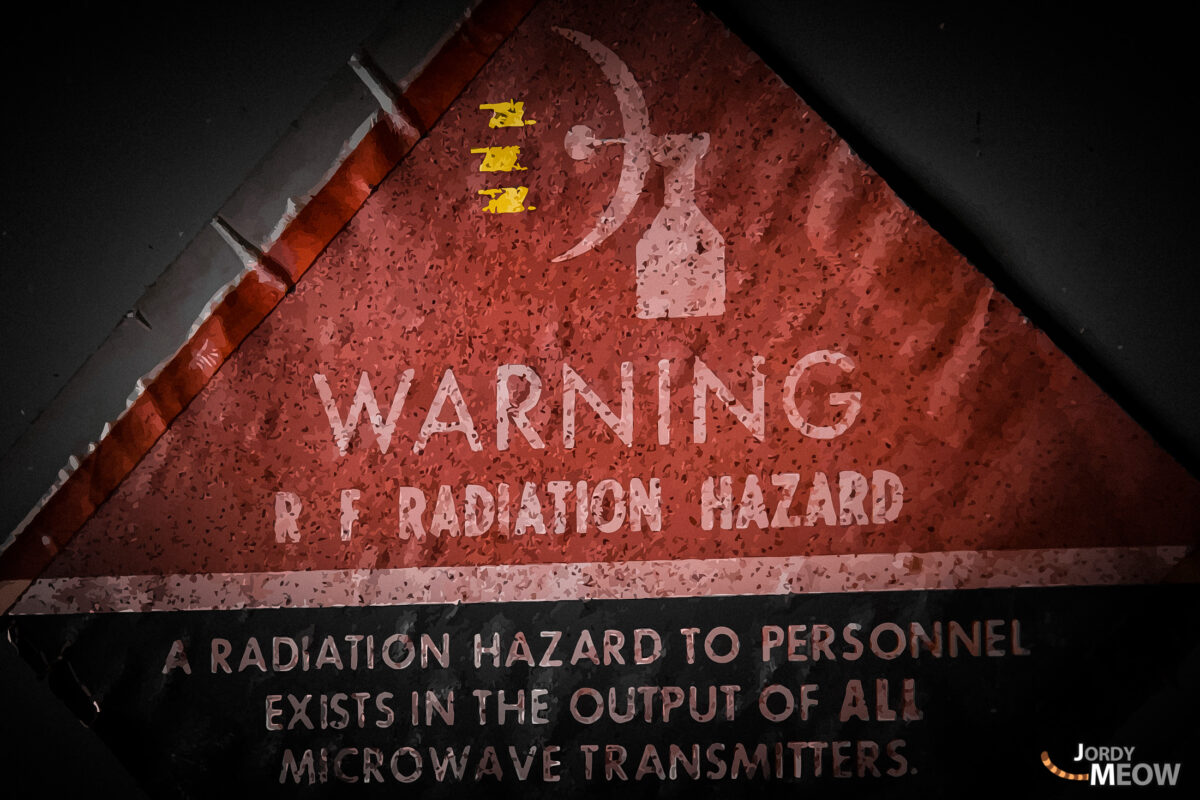
We went around the area for a few times, but the base is well protected. There are sharp and tall fences all around and no weak point can be found at all; there are guards patrolling on quite a few spots. It is located right in the middle of a residential area, where the residences are constantly checking if something is trespassing (warning papers from them can be seen everywhere). And on top of that, there are a few cars going in and out from time to time, guarding the communication tower inside which is still in use. No condition favors us at all.
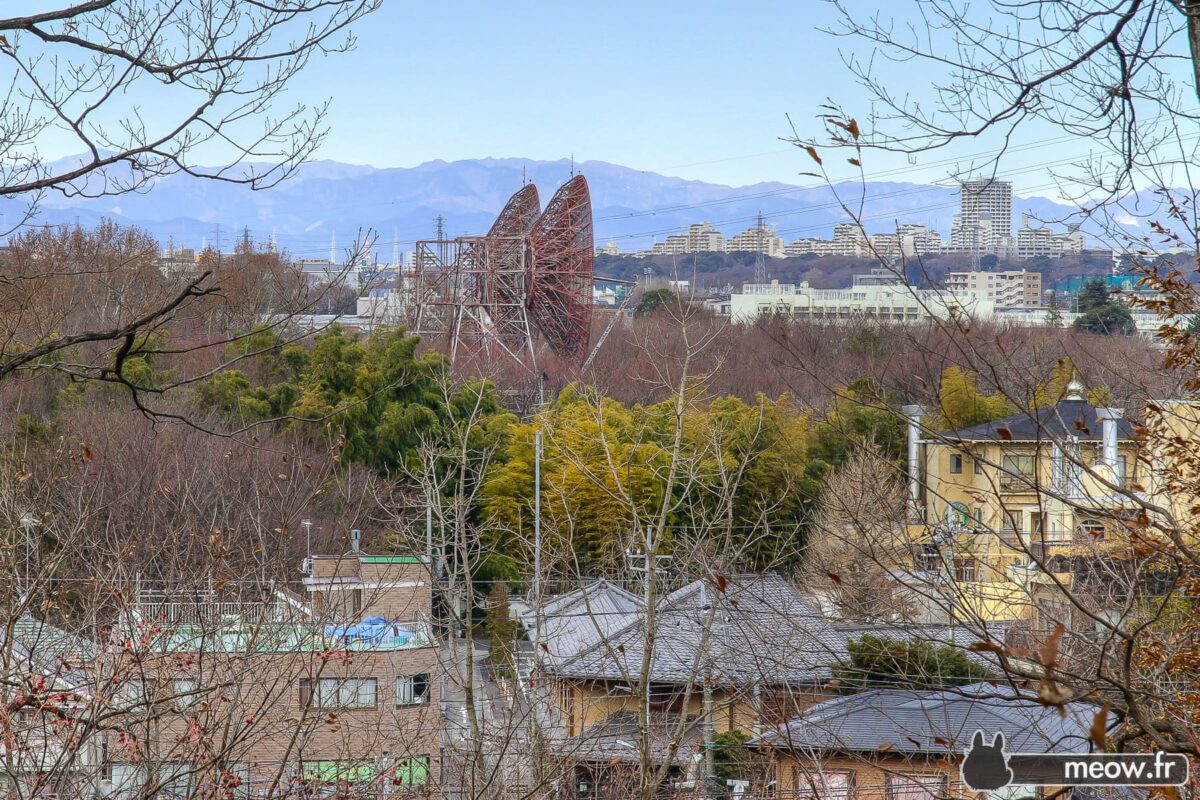
Here we have a map of the entire base. The abandoned section on the top, but you can see in red the communication tower still active and in use, by USFJ (US Forces Japan). The parabolic antennas are just above it (the two grey rectangular borders to the top).
Fuchu Abandoned military base is surely the craziest haikyo to infiltrate: Dangerous, because it is a military area tightly surrounded rusted barriers; and Difficult because even after you got inside, you are still under the direct surveillance of both the guards and the Fuchu citizens (some residence even set up tripods to support the security). Inevitably, there must be a fun side in catching the “bandits”.
But then I was still hesitating, weighing my judgments. Jing took the initiative and jumped on the fence like a cat on the run! Surprised, I followed without taking a second look behind. After a short dash, we are safe hidden in the branches. Catching our breath, now it is time to check in our location on Facebook.
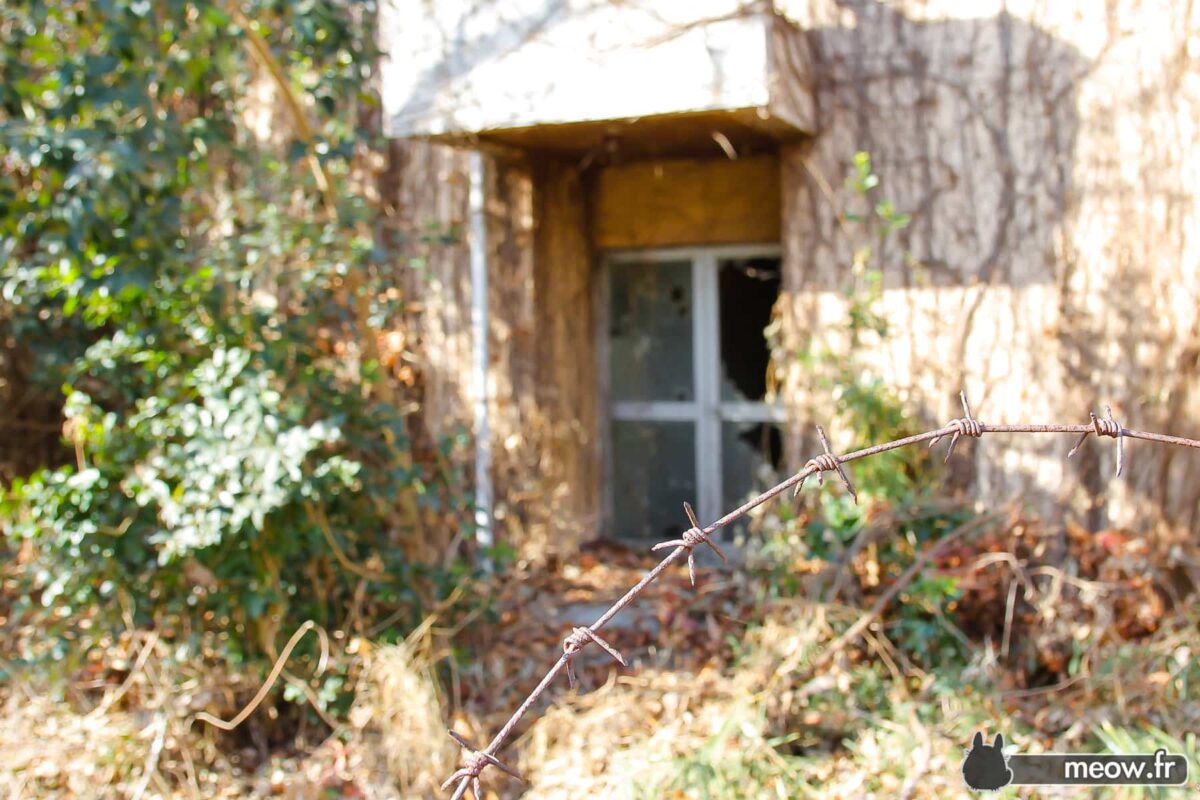
It seems like we were not spotted. Good! Now we are moving towards a building which had the look of a dormitory for the American soldiers.
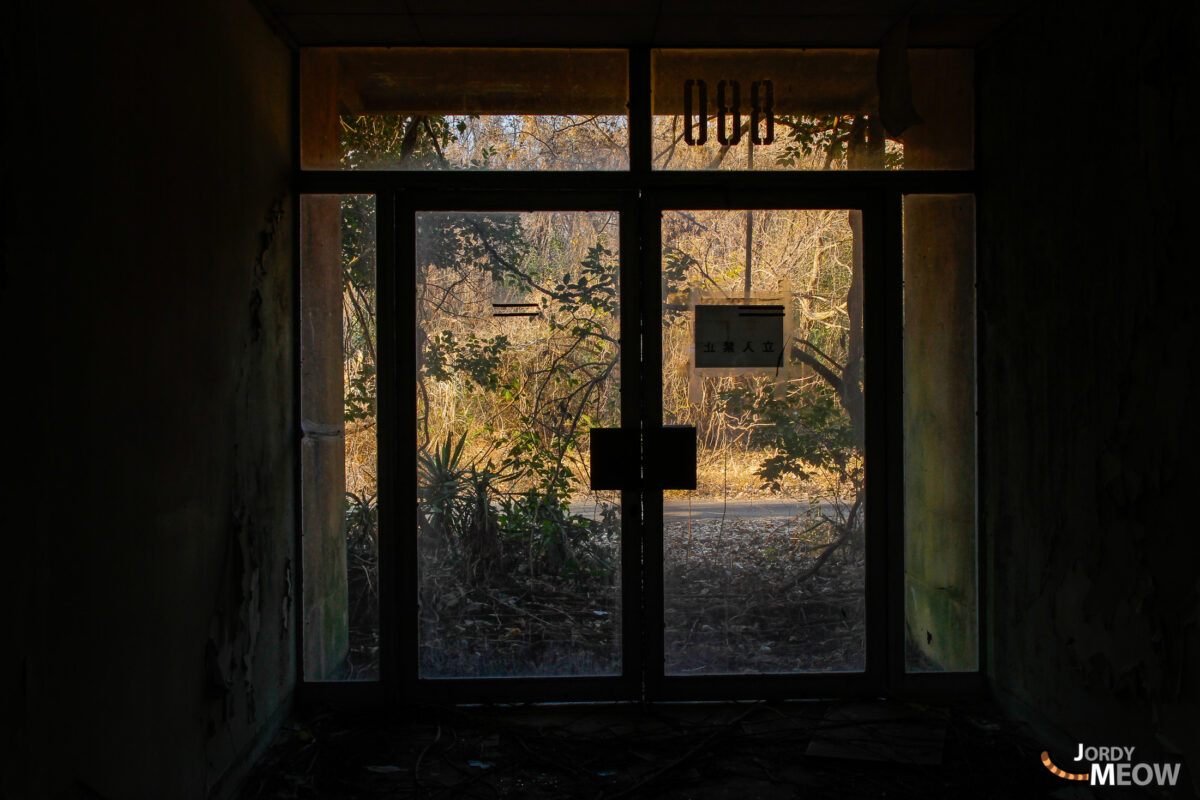
The rooms are indeed very simple but fully covered with graffiti, which added some flavor for this haikyo: the place has nothing special, but its military background together with these drawings on the wall did create some interesting ambiance. Although inside a building, we can still feel tense in the air, as if someone is watching us. We try to be careful enough not to make too much noise.
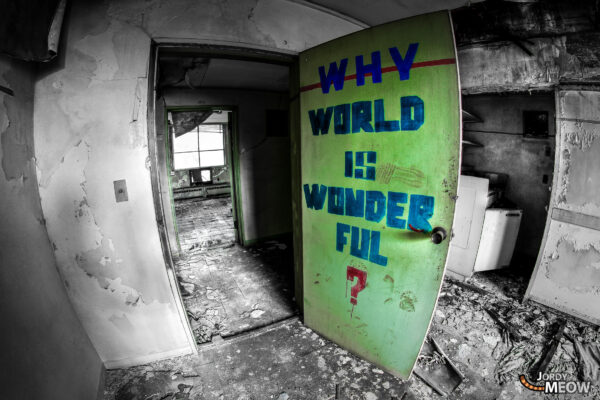
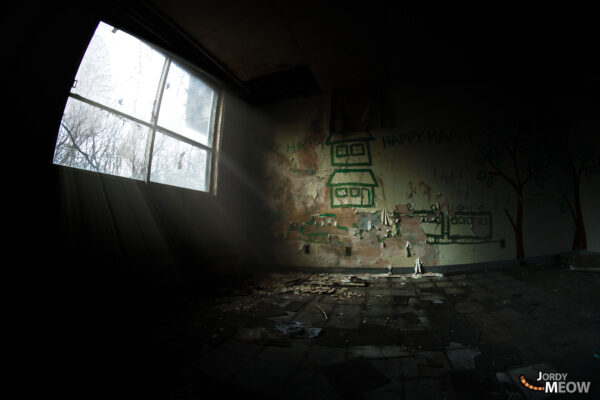
The largest prison in Japan is also located in Fuchu, not far from where we are. It is quite reassuring. In the end if we get caught, at least there would not be much walking.



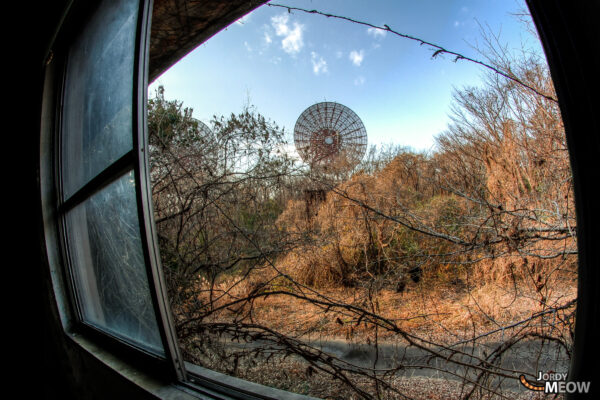
This building is very close to the antennas. Maybe this is we will find the communication facilities?
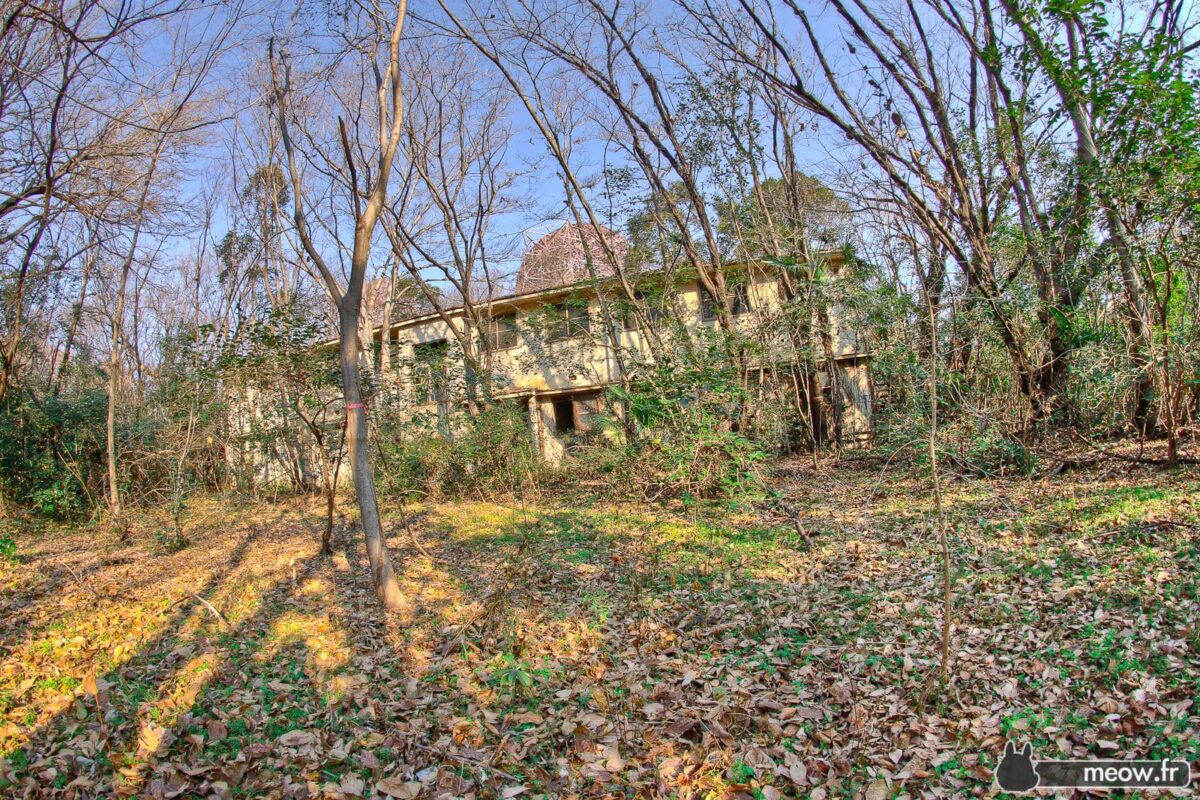
No, apparently it is still a kind of dormitory. The military base was actually used for Tokyo Olympics in 1964, but which part of it? Were the athletes living right next to the still working parabolic dishes?
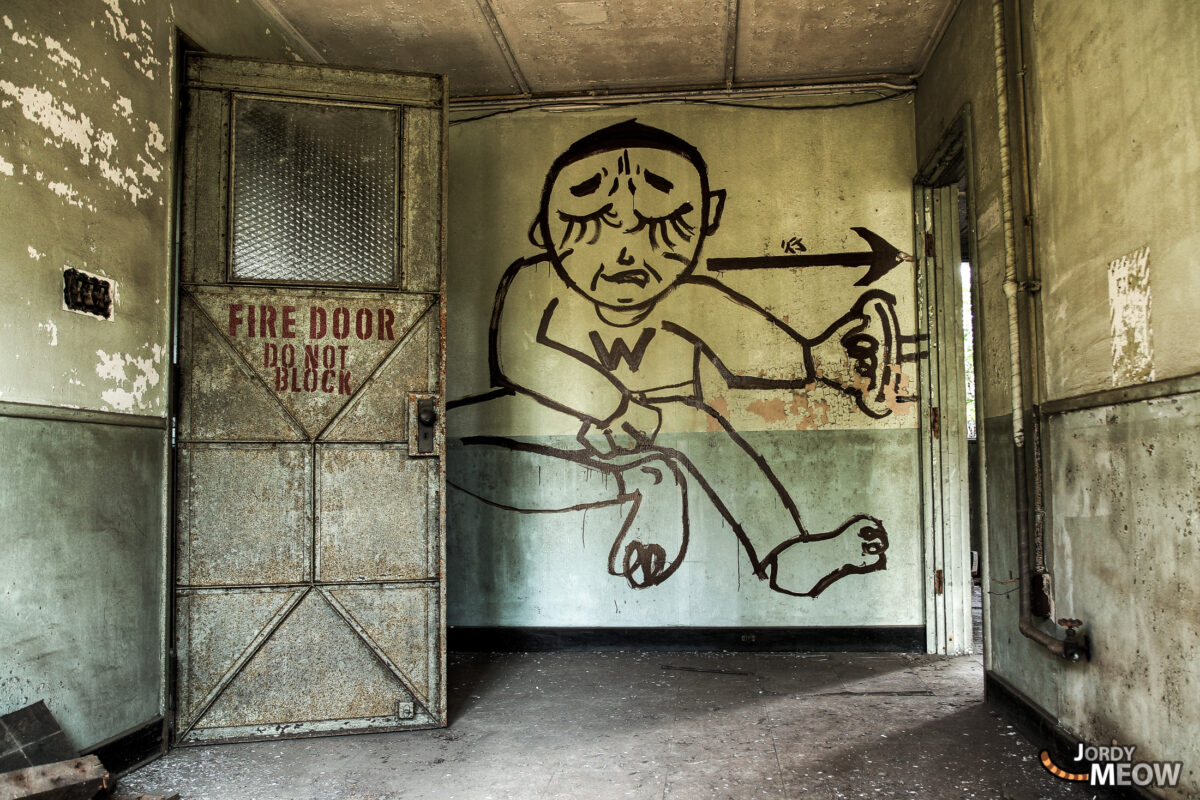
This building turns out to be a playground of graffiti artist, the room was filled with “C” men using traditional and modern toilets. The only one that stand out is the one at the entrance (above), being the only one with hair and the letter “W”. Who or what do they represent?
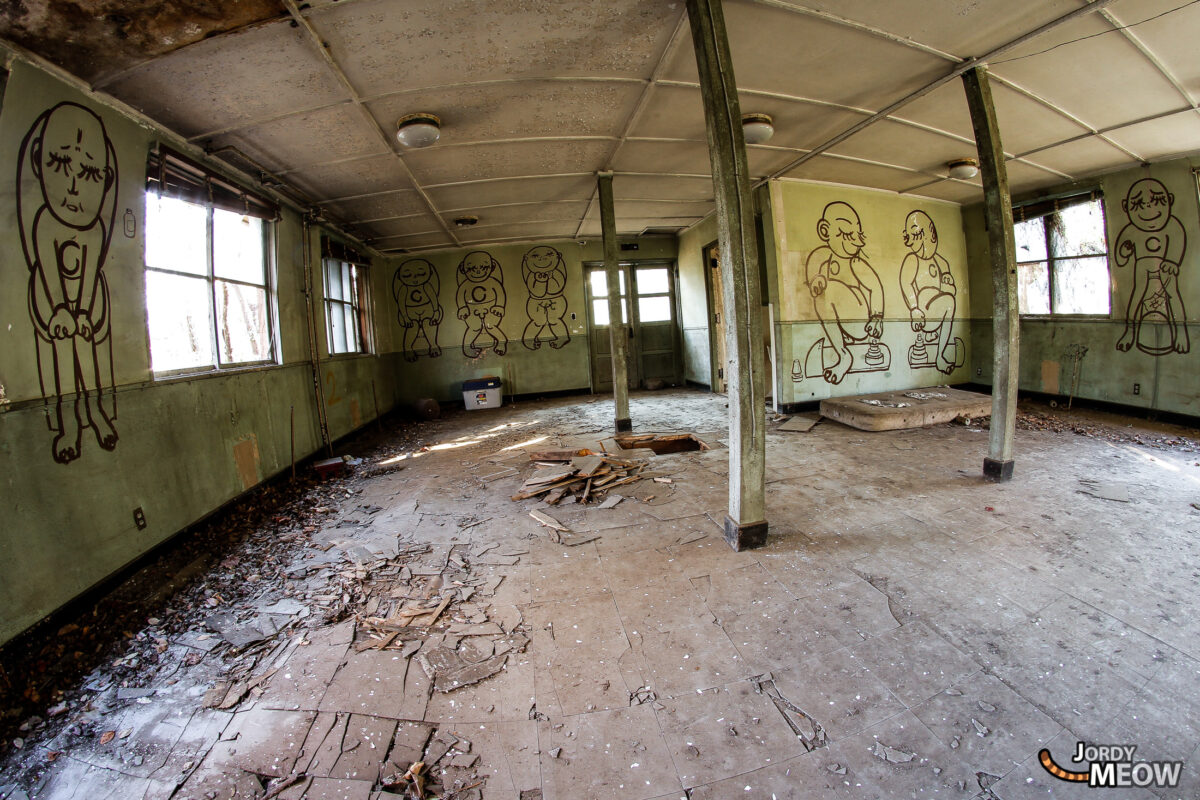
The first floor showed different graffiti style, constructed by a simple elements, but never the less inquisitive. It would be interesting to know what these drawings really mean.
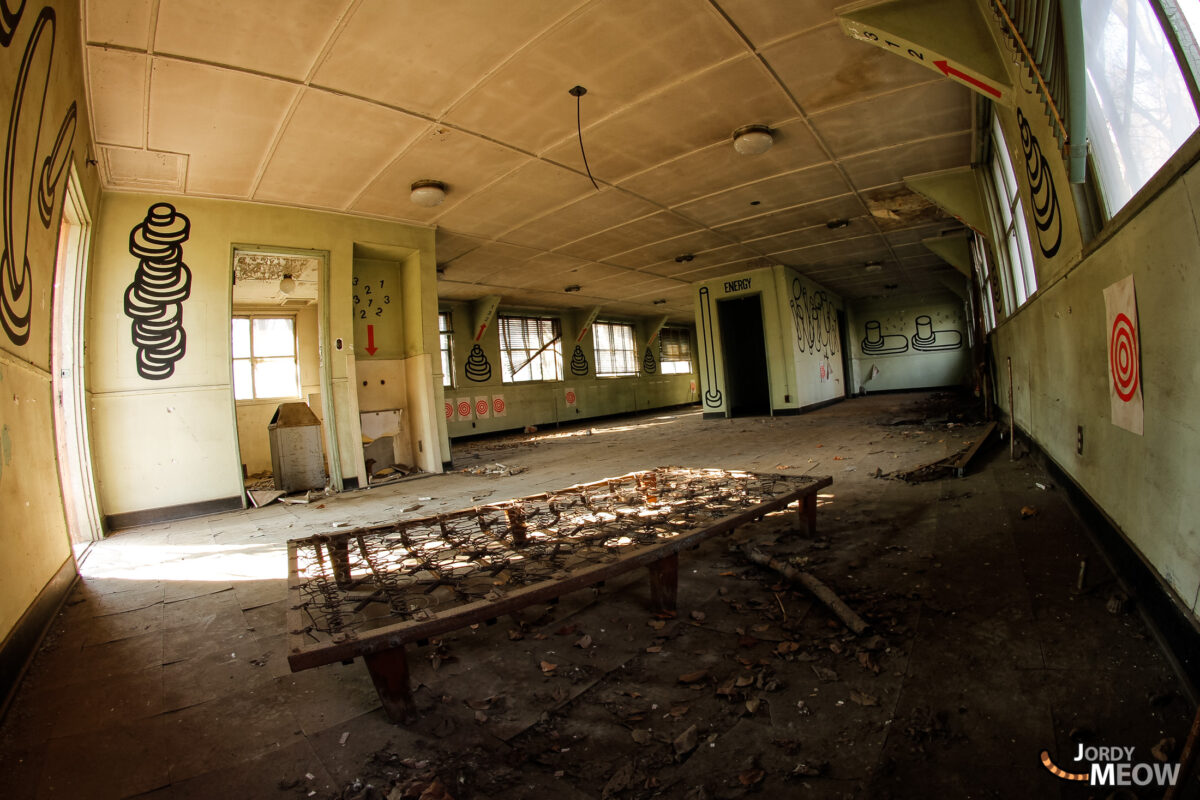
It then goes down with these funny little monkeys one after another, playing with the same small strange object from above. Very good job, painter!
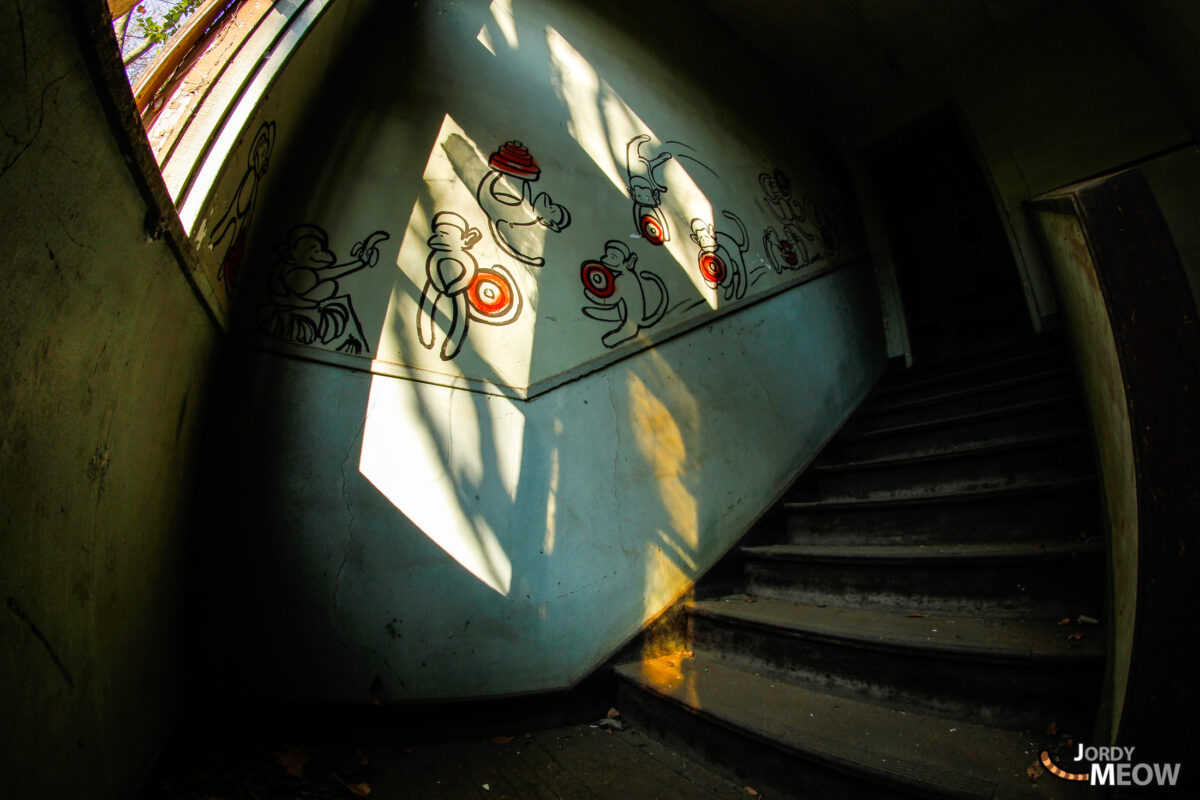
We are out of the building now, and the first thing we noticed was a parked car, and later a guard who is obviously looking for intruders. We must have been caught by some neighbors! The guard seems to be looking around the satellite dishes, where the communications center is located. Bother! It is better to retreat now. Then in less than five minutes later, we are out of the base! Slightly injured by spiky wires on the fence, but nothing major.
The adventure can not just end like that. And a little while later, Jing motivated me to go back alone: it seems easier to go solo. So here we go, back in the base again!

Without hesitation this time, I headed directly to the two big things, where the communication center locates. It is really in the bush! Here is one of the parabolic dish, under the blue sky. I’d love to climb up, but I think I’ll play it safe this time and go straight to the destination.
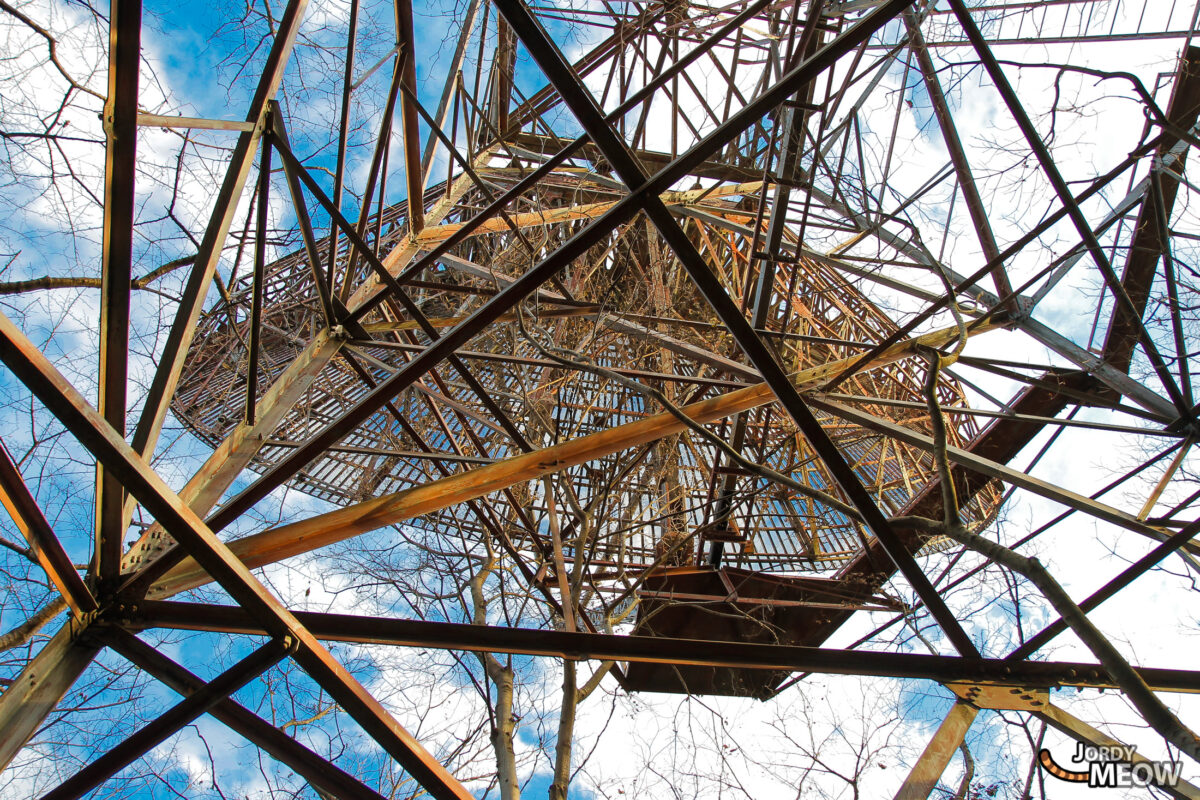
There we are! The control room for the gigantic parabolic antennas.
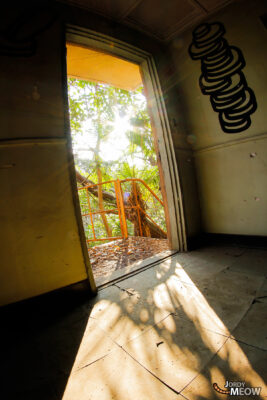
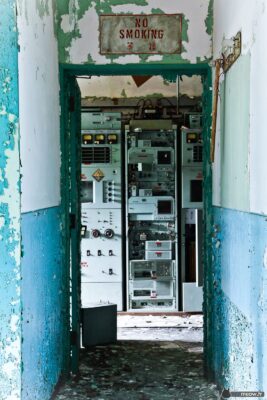
This section of the military base is part of the “Communication Group” of the US 5th Air Force. It has been active for only a short period (1956 – 1973) but has contributed greatly to the communication of U.S. Air Force during the first part of the Vietnam War. “Decryption and Autovon” (U.S. “survival” telephone system in case of a nuclear attack) is what achieved the magic of the place.
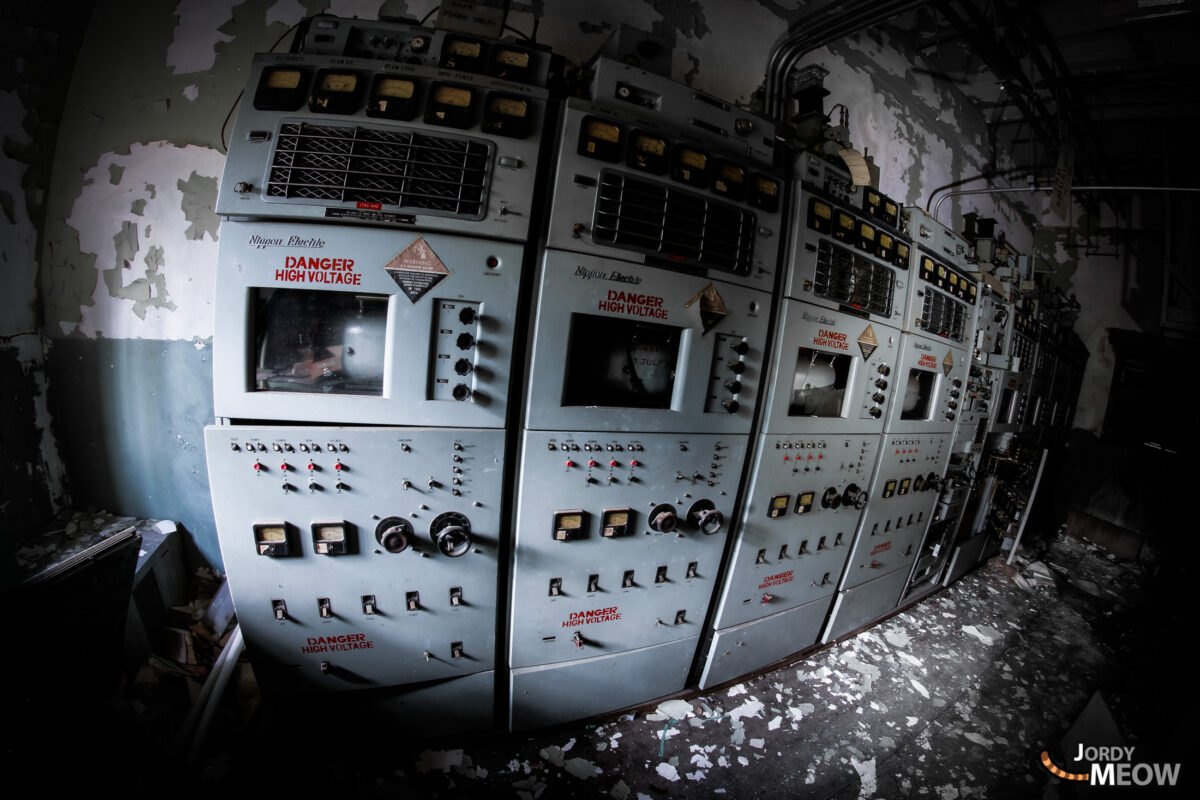
The photo below shows the power (and signal amplifier) of those giant satellite dishes. The one at the bottom is probably the switch(es) used to trigger communications. But I may be wrong, of course, these are purely assumptions.
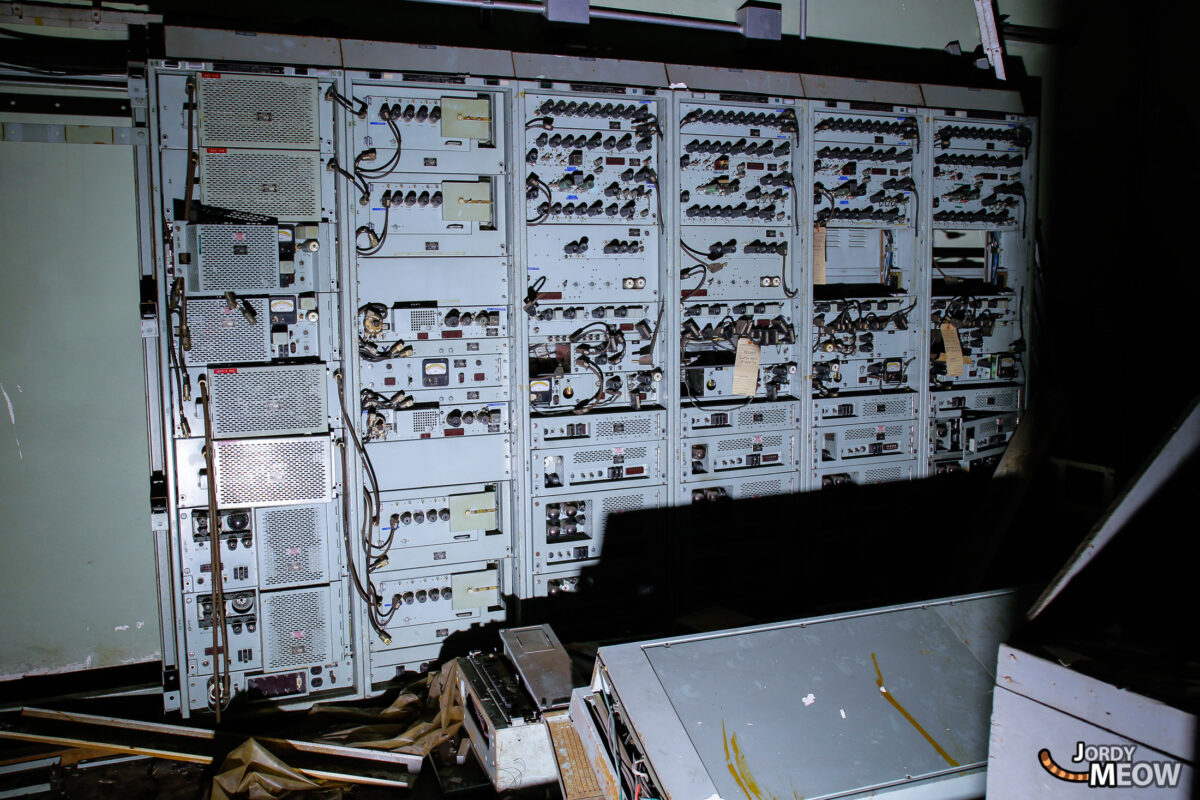
In this place there are also two offices, with documents related to the parabolic dishes, consists of explanatory diagrams, logs. And there are also some manga to kill time.
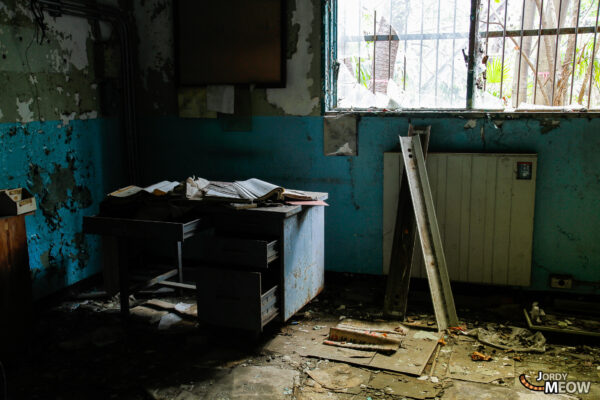
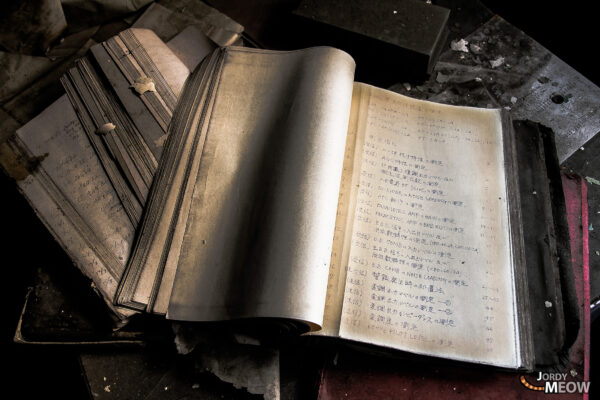
These two parabolic giants are 13 meters
The waves were balanced and received in the troposphere (layer of the atmosphere with an average altitude of 11km) to avoid being limitation of the”visual field”. The communications center was part of “Japan Tropo Scatter System”.
As a result, the system allows the radio communication through very few terminals between Okinawa and northern Japan.
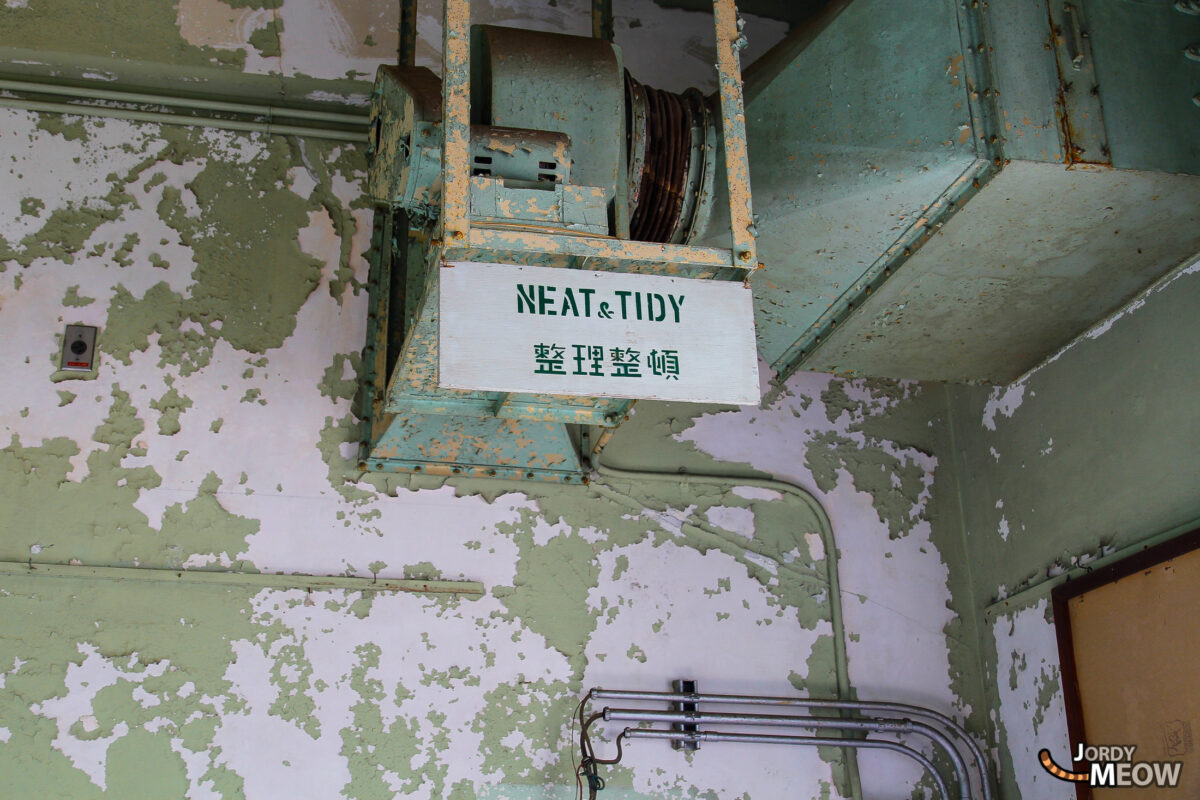
If you are interested in communication systems, the base of Misawa has a AN/FLR-9. It is a circular array of antennas capable of detecting HF communications that were taking place anywhere on the “Iron Horse” (name of the global network)! The FLR-9 is basically the secret backdoor for trojan horse during the Cold War, Fantastic!
I would take more pictures, but I’m all alone in the middle of an abandoned military base and I am hearing noises everywhere. Surely it must be the crows, but this thought does not make me relaxed at all. I then decide to wrap up and go home. Soon I found myself behind the iron fence, half hidden. But as I was about to climb up, a dog sold me out! I
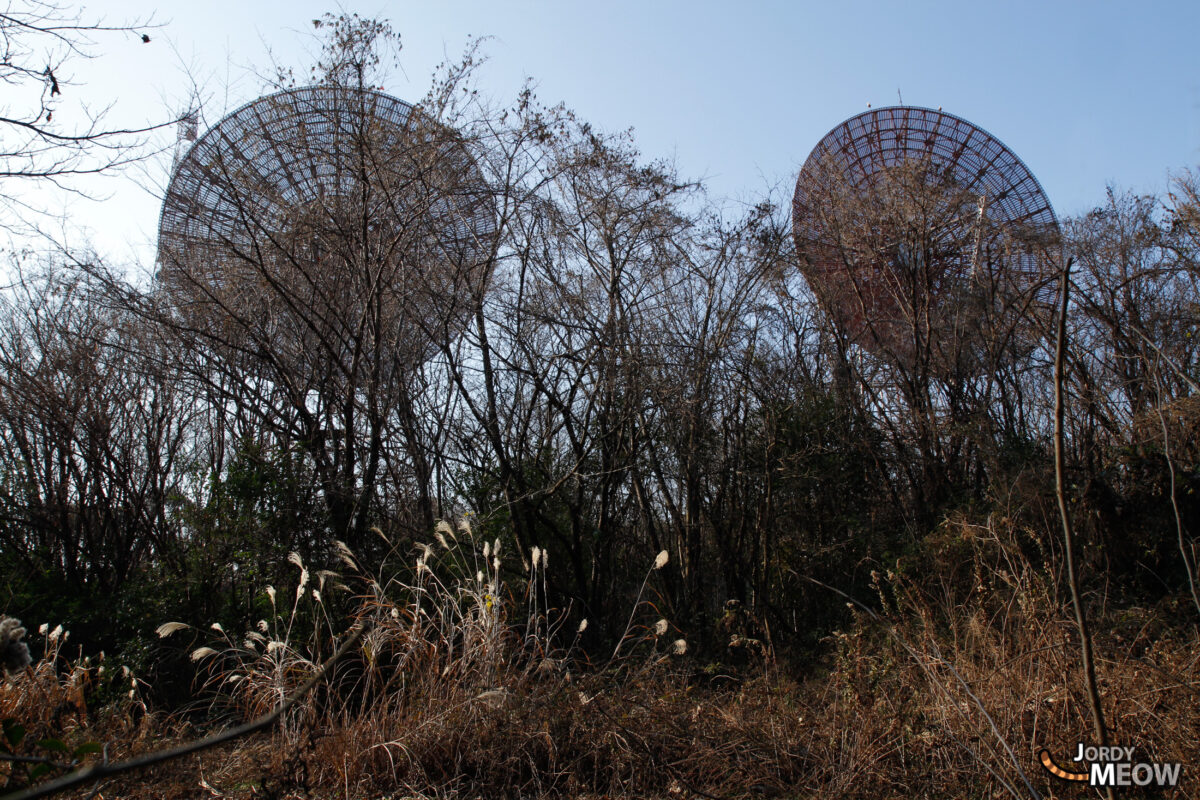
From the Past
Sometimes, I received old photos and stories from that time and I would like to share it with you here.
Louis White
I am here in blue uniform talking with Sgt James May who is doing an annual quality control test on a transatlantic voice circuit between Fuchu AS, Japan, and San Luis Obispo, California. The two parabolic dishes are Tropo Dishes. I was on my way down from the top of the 350 ft Microwave Tower when I took one of the photos. Fuchu was my first duty station, my first overseas tour of duty and I fell in love with Japan and the people of Japan.
Jim Eston
I was in a housing complex called Kanto Mura about a mile away from Fuchu from 69-73 and most of our dads worked either at Fuchu or commuted farther to Yakota and Tachikawa west on the Chuo line. We all had access to dads cameras. I had a Asahi Pentax Spotmatic. My friends had Minoltas, Nikons and Canons as well as a split frame Olympus. Chemicals were free in the rec services and all we had to do was buy paper. We also swapped music via reel to reel in the rec services there.
And for more awesome content about Japan, follow Jordy Meow on Instagram ! 🎵

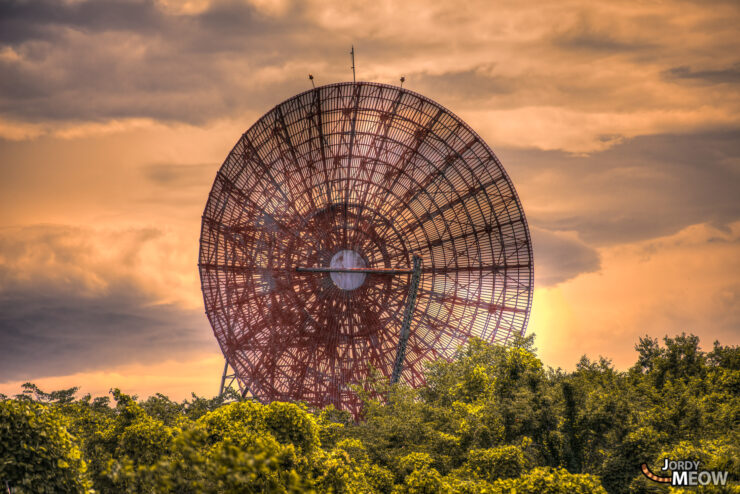
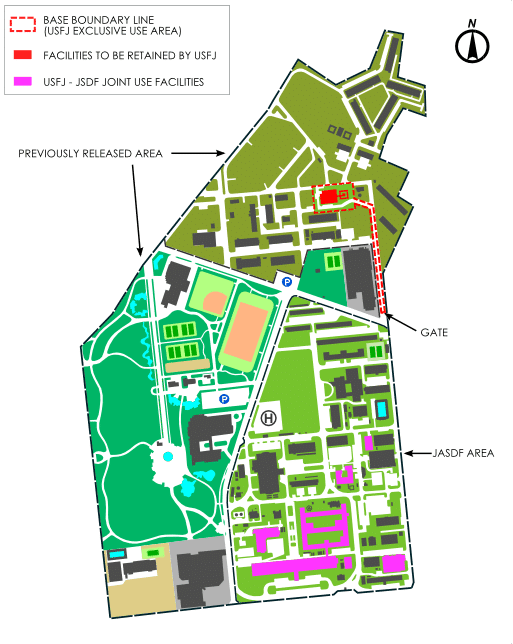
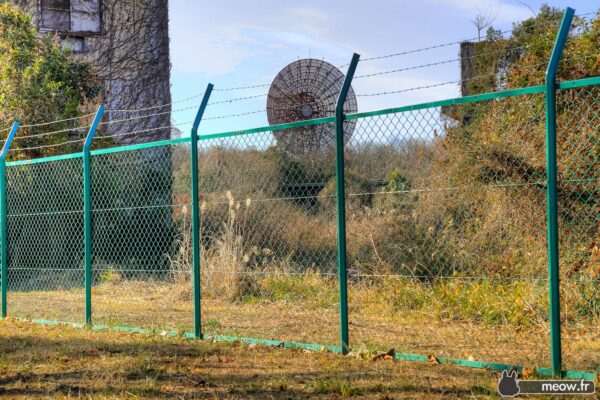
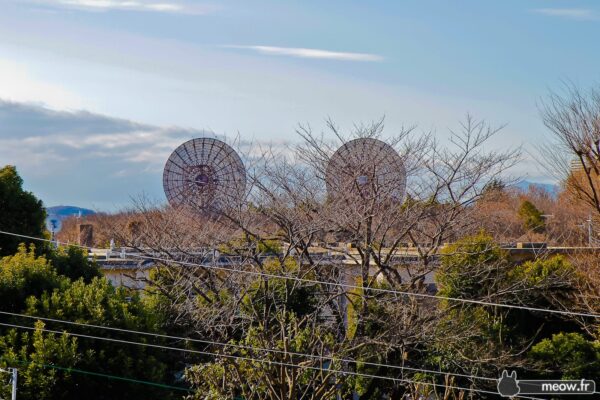

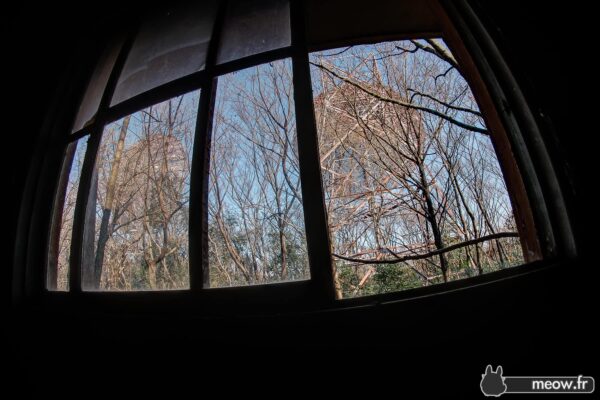
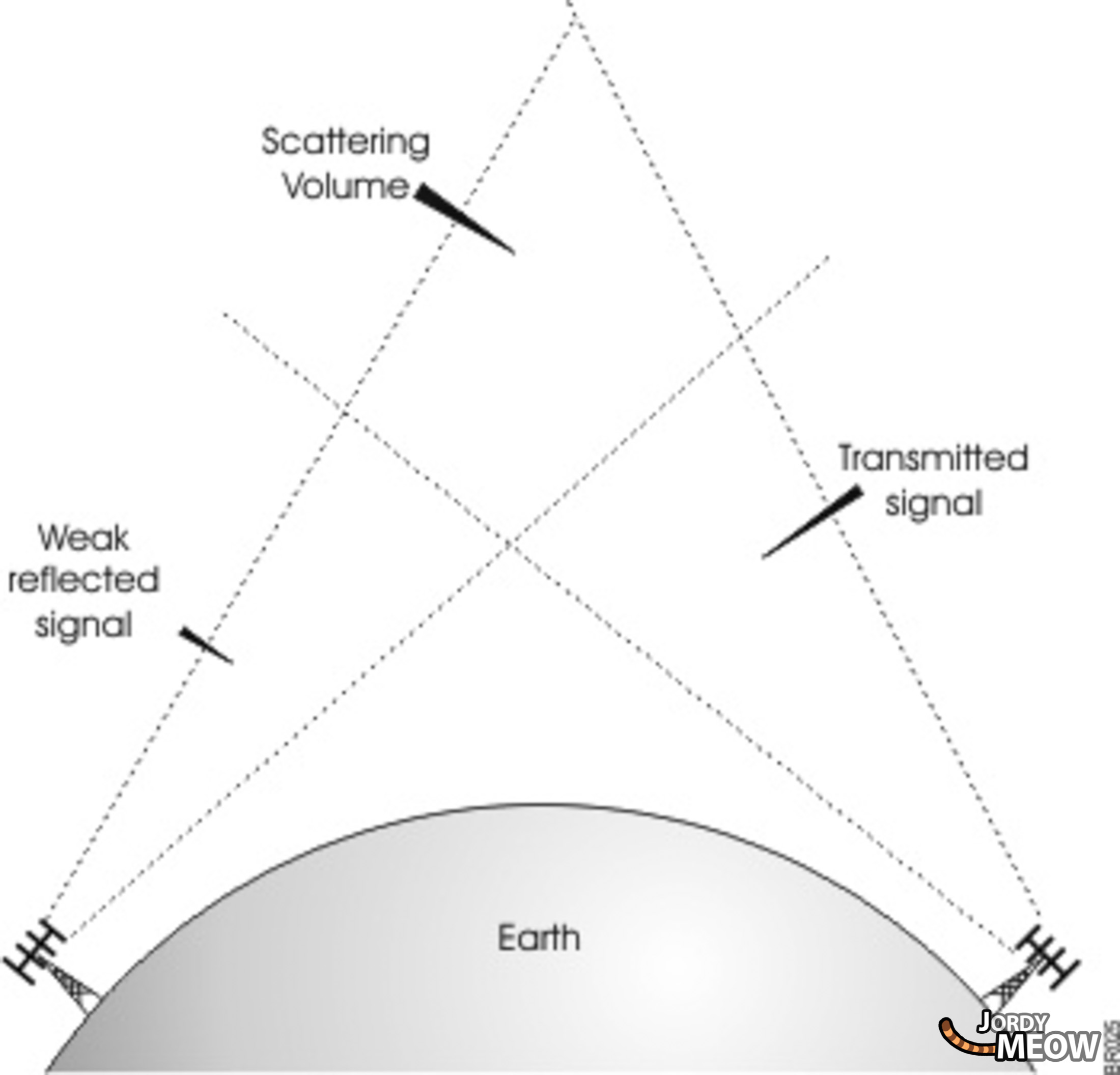
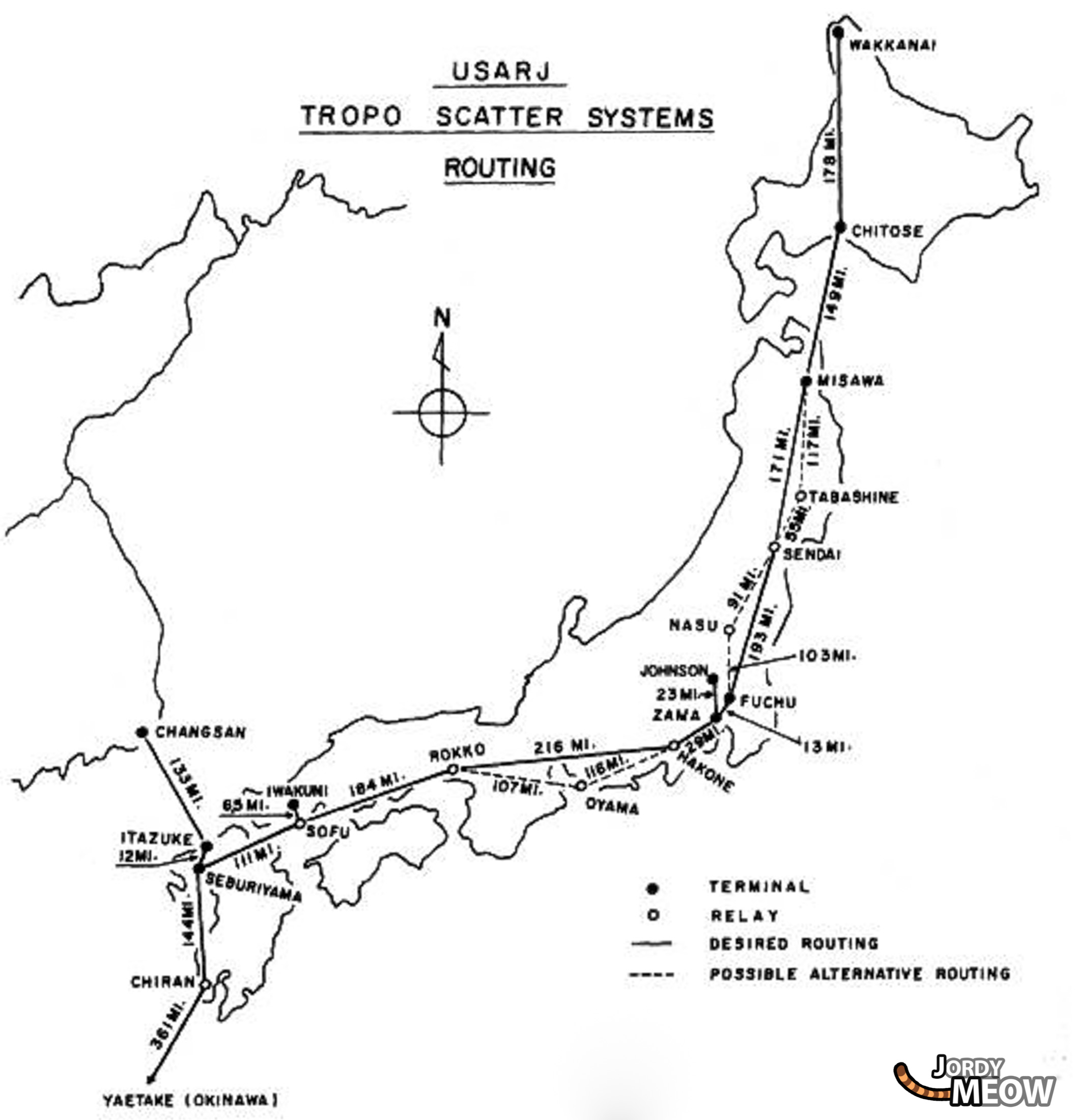
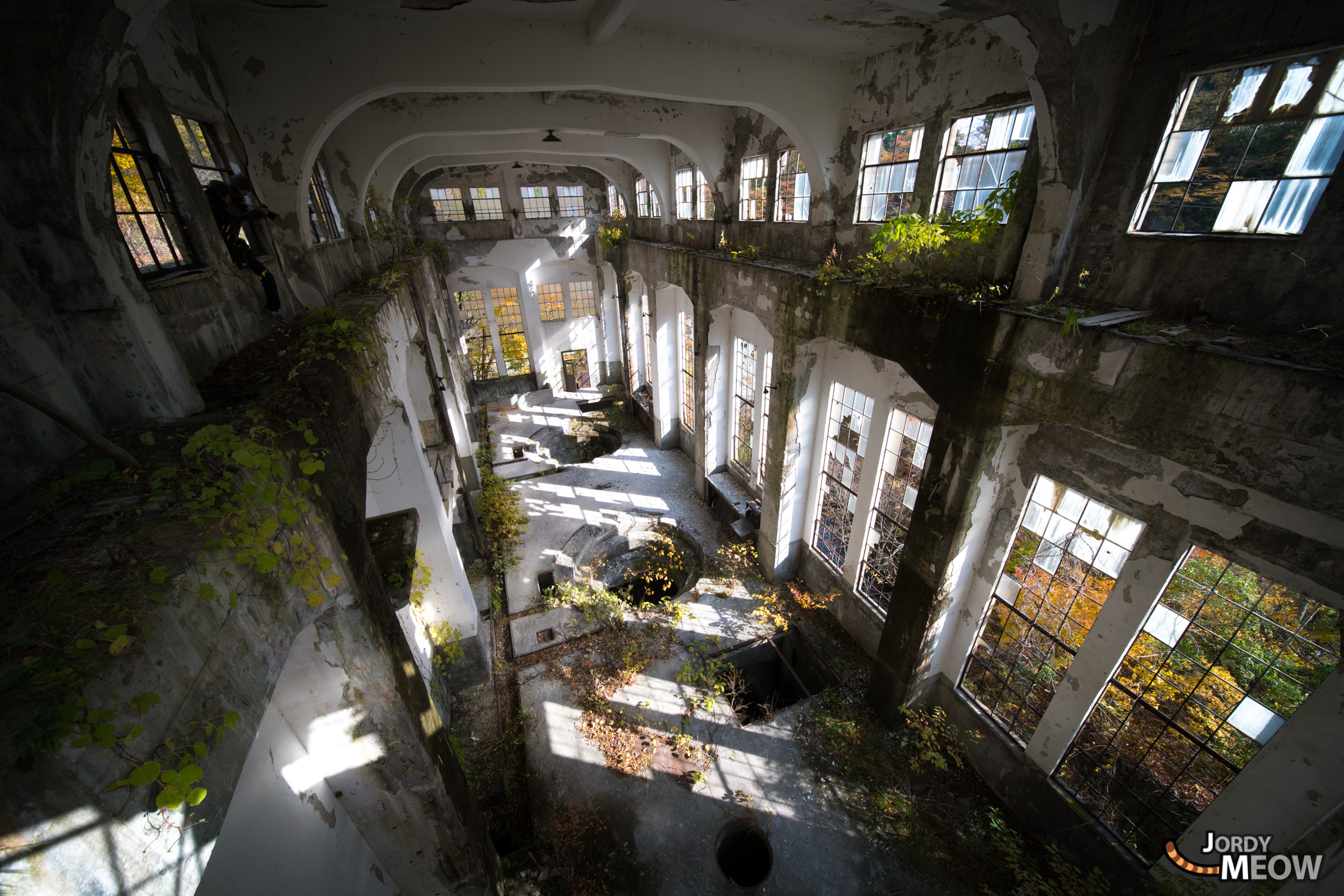
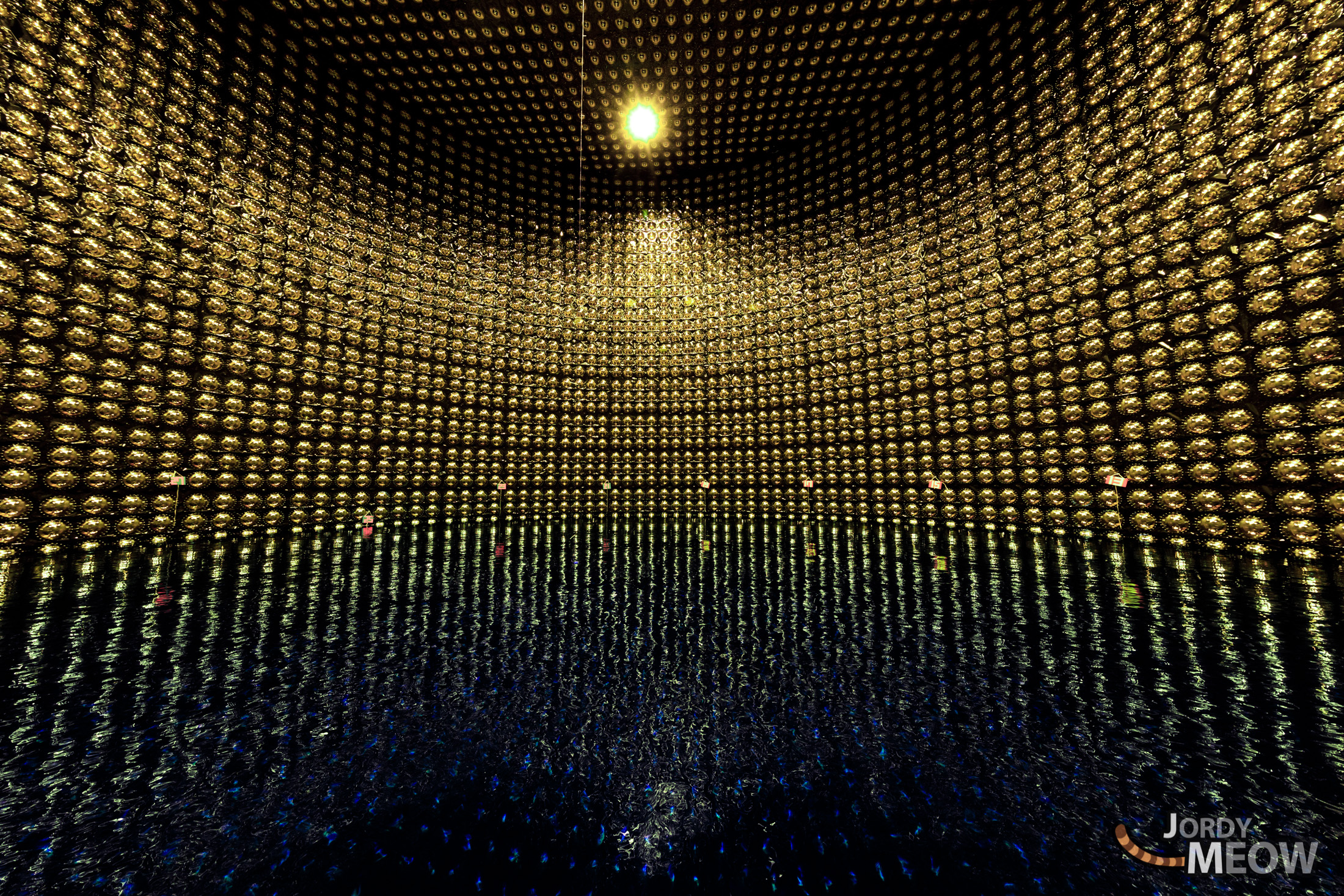
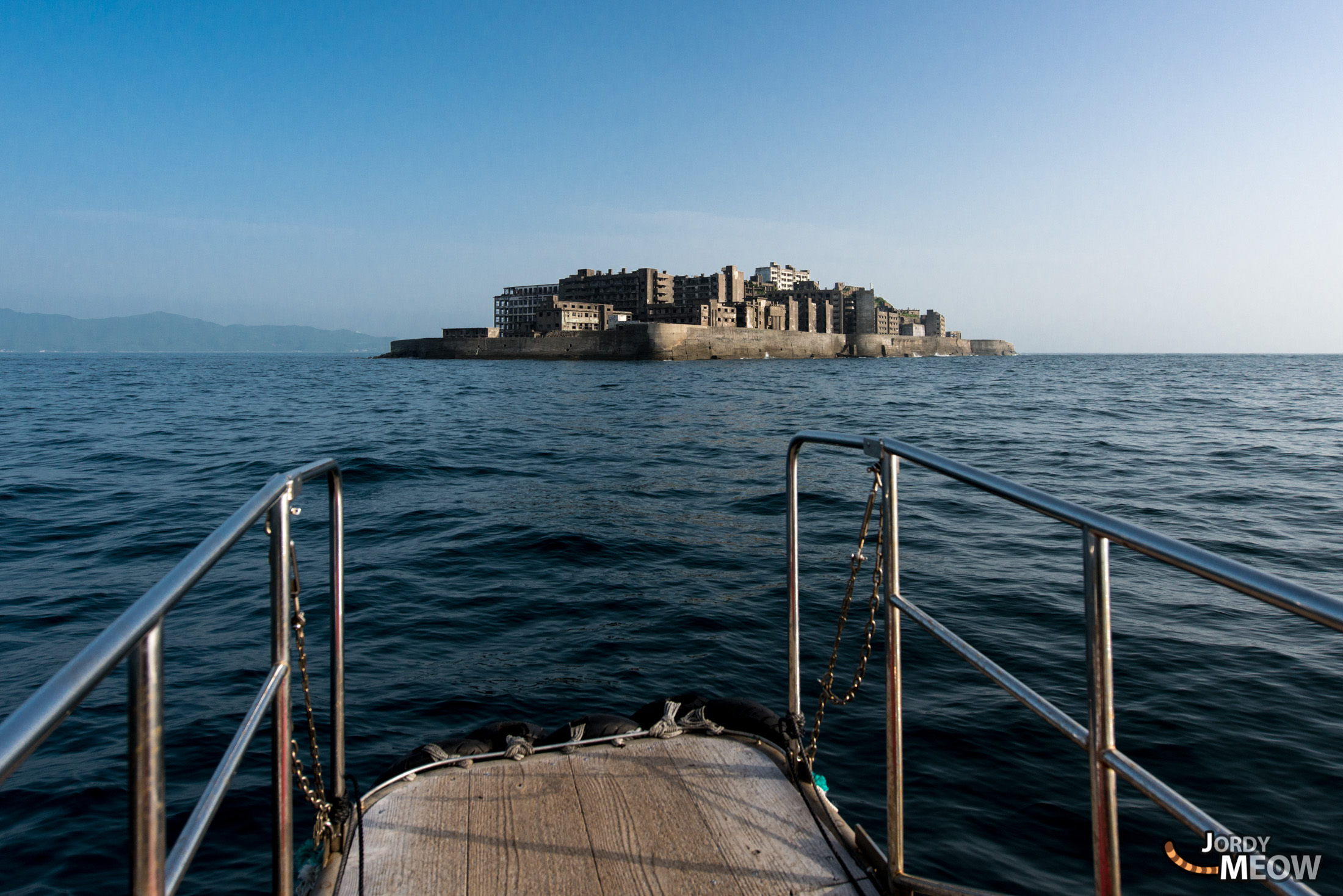
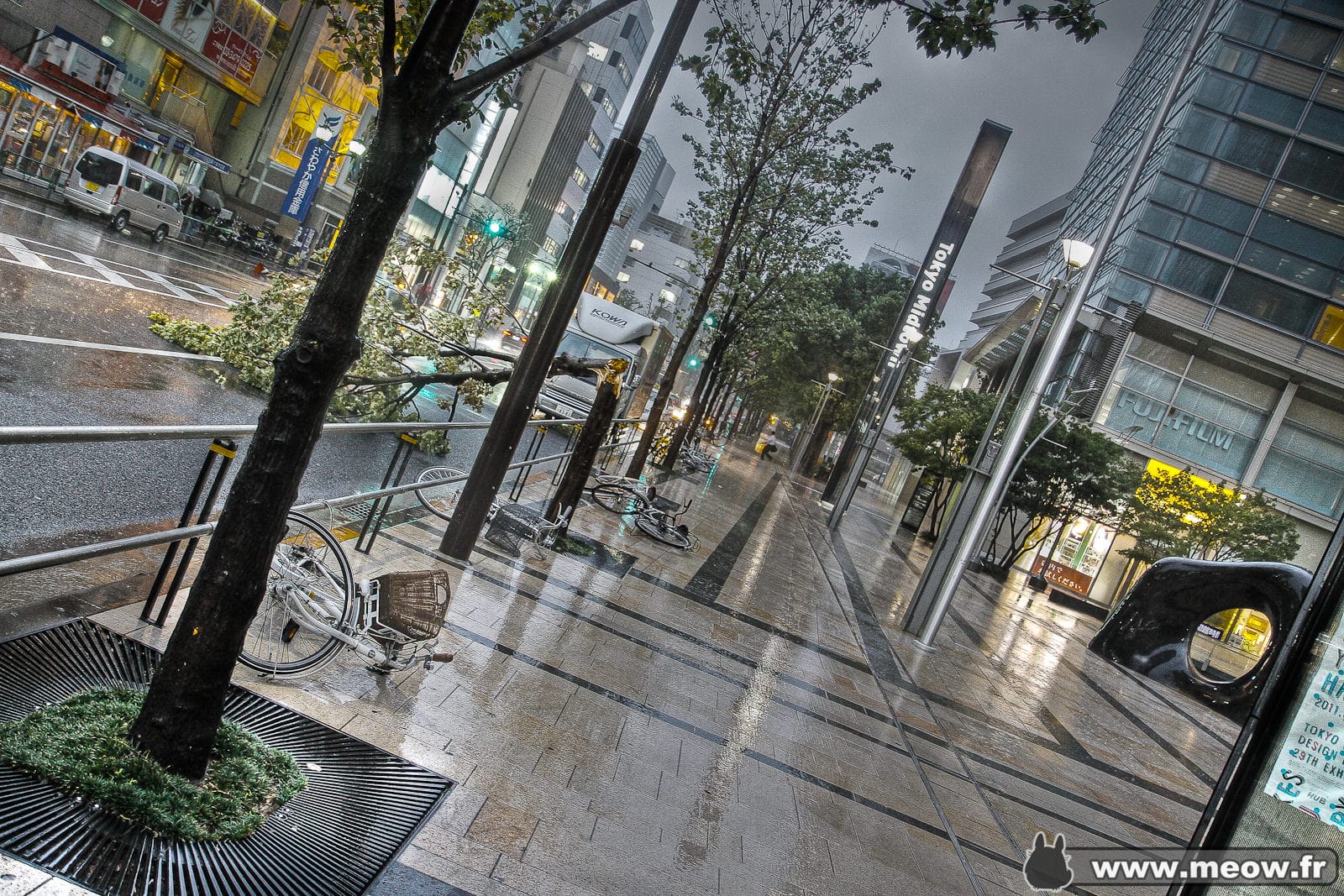
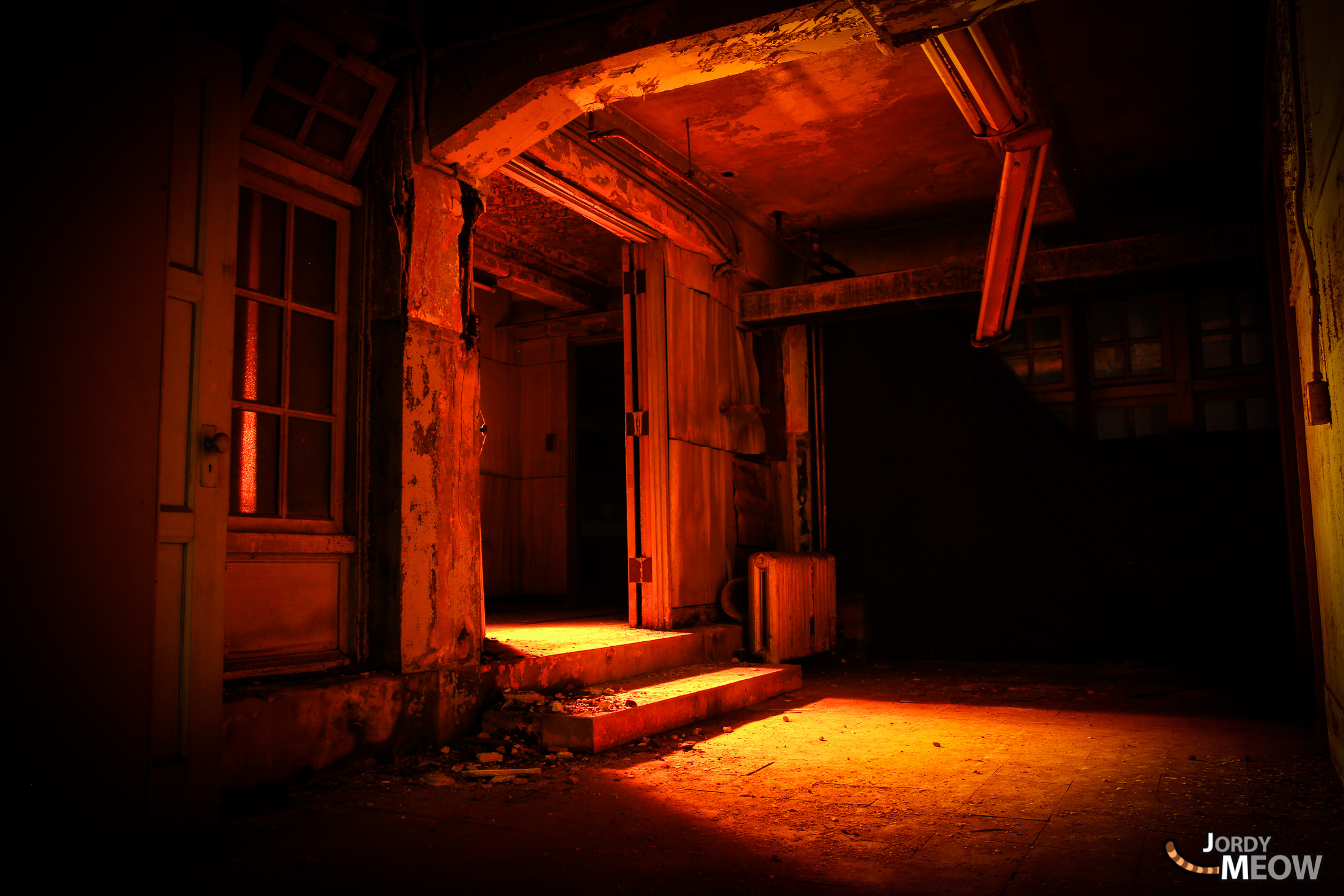












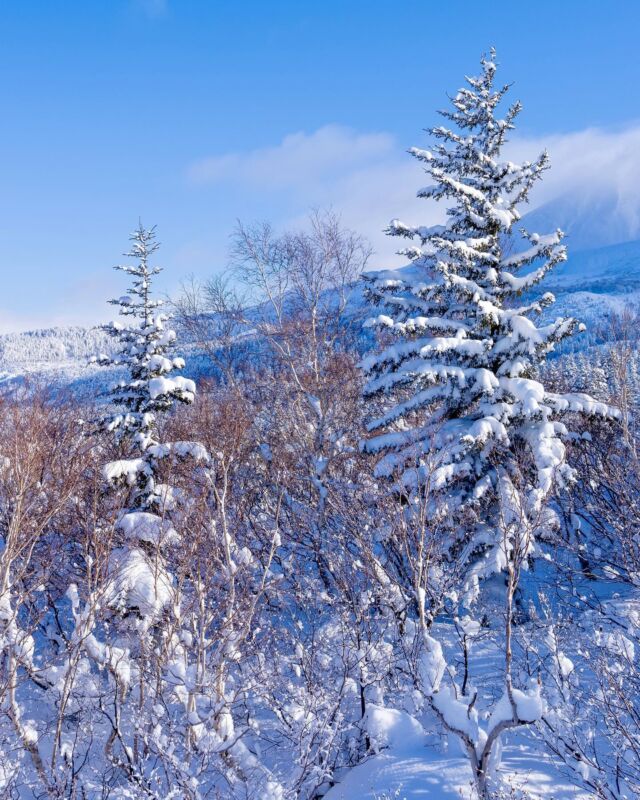
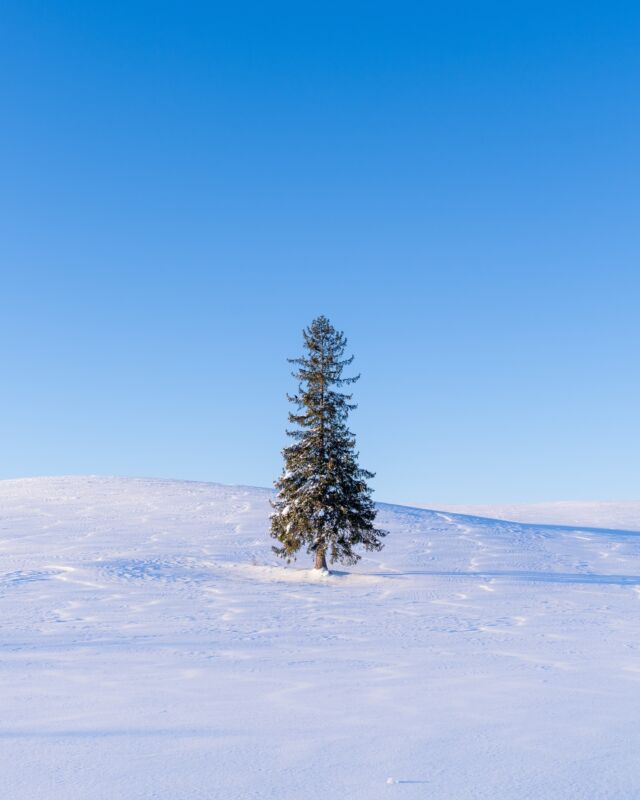
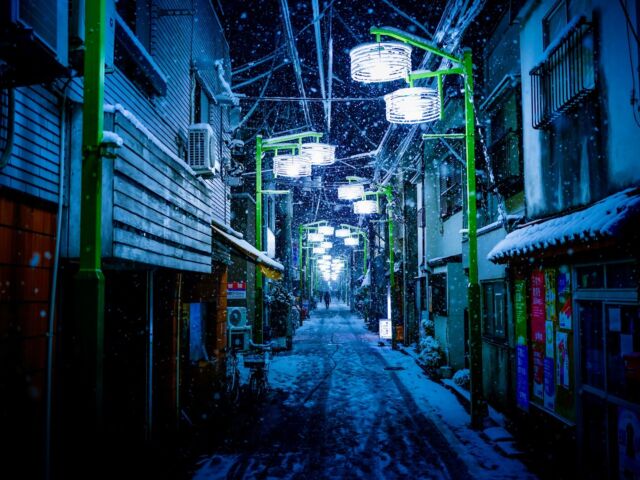
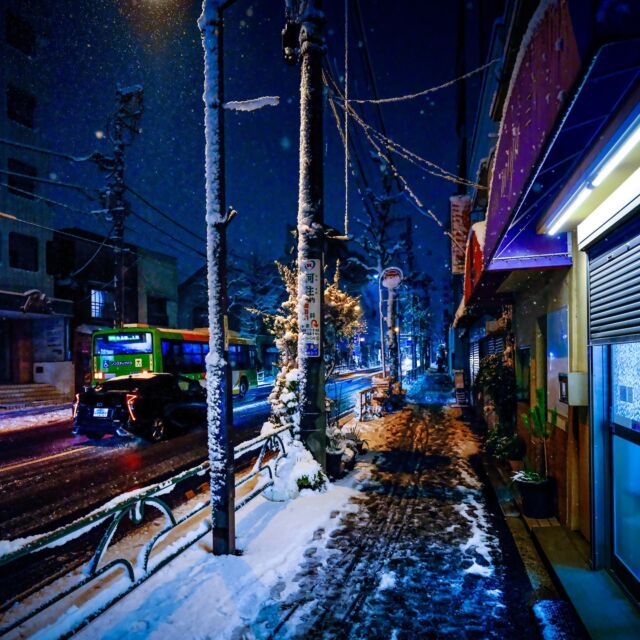
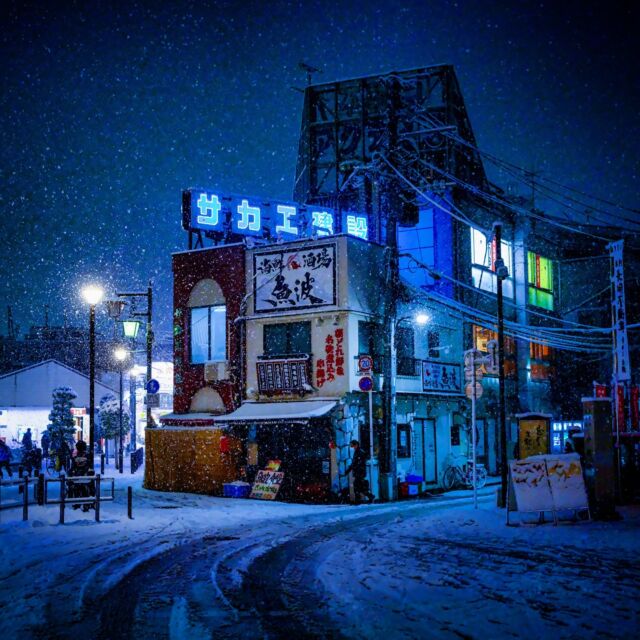
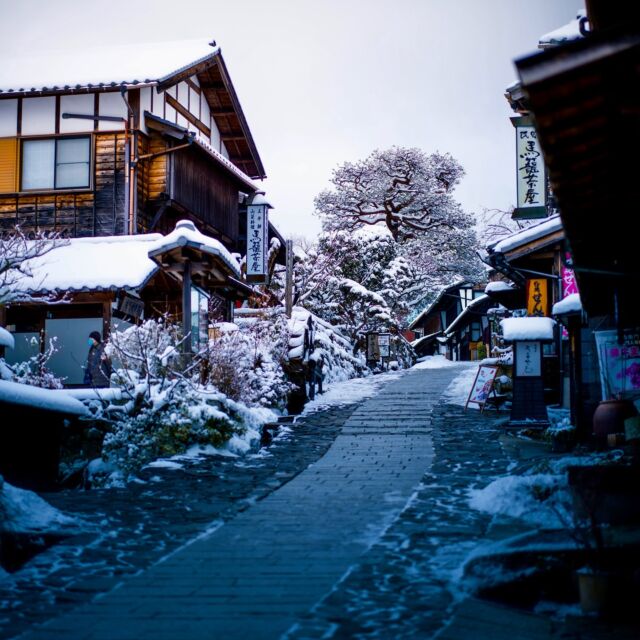
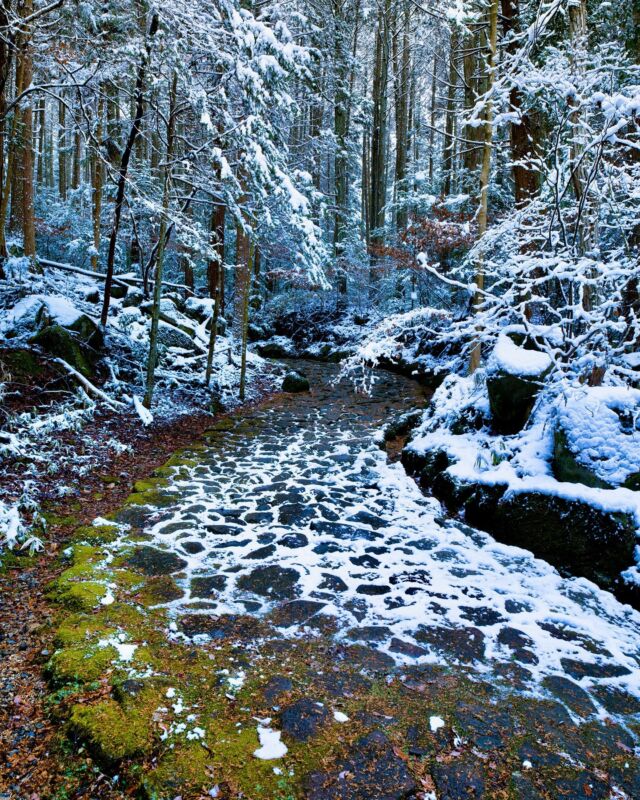
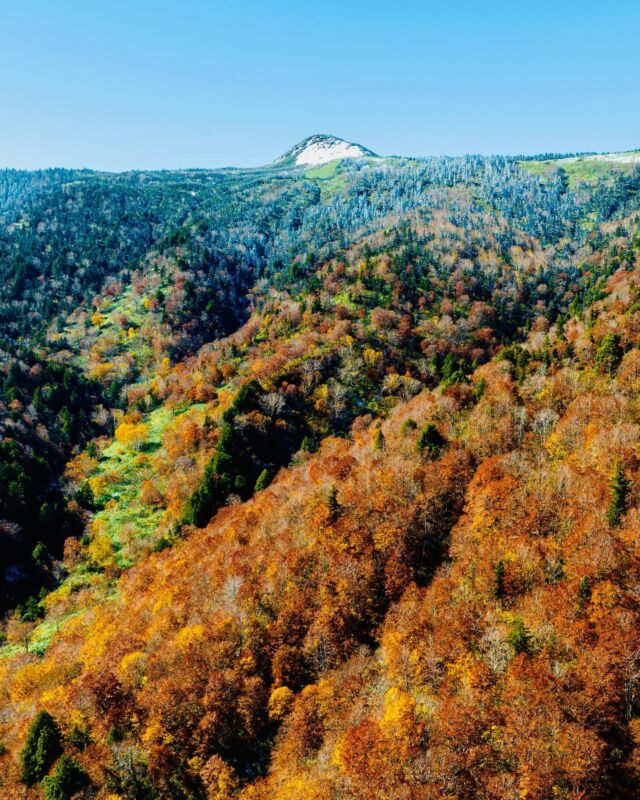
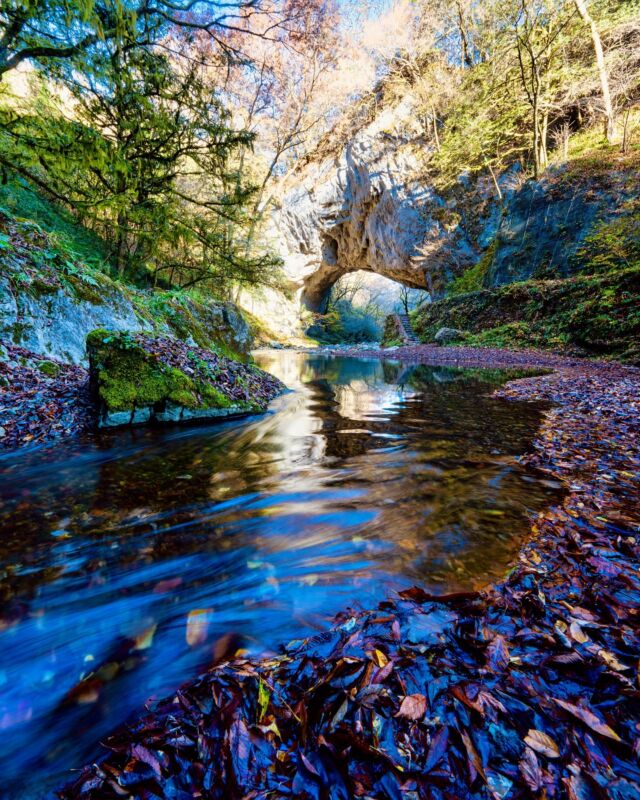
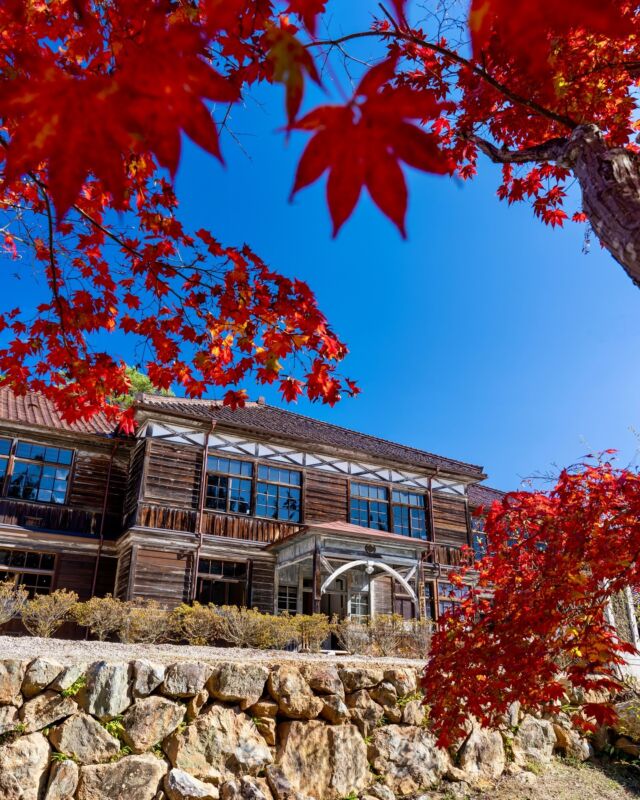
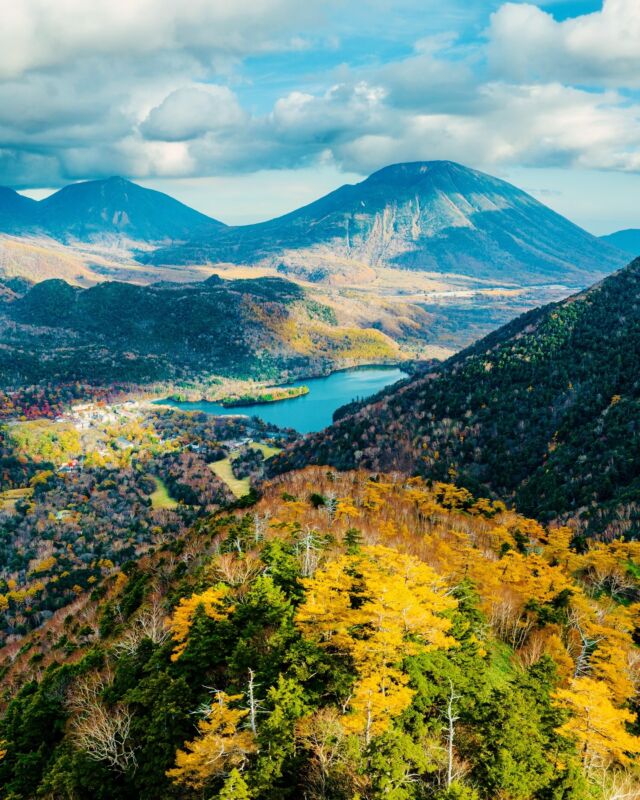
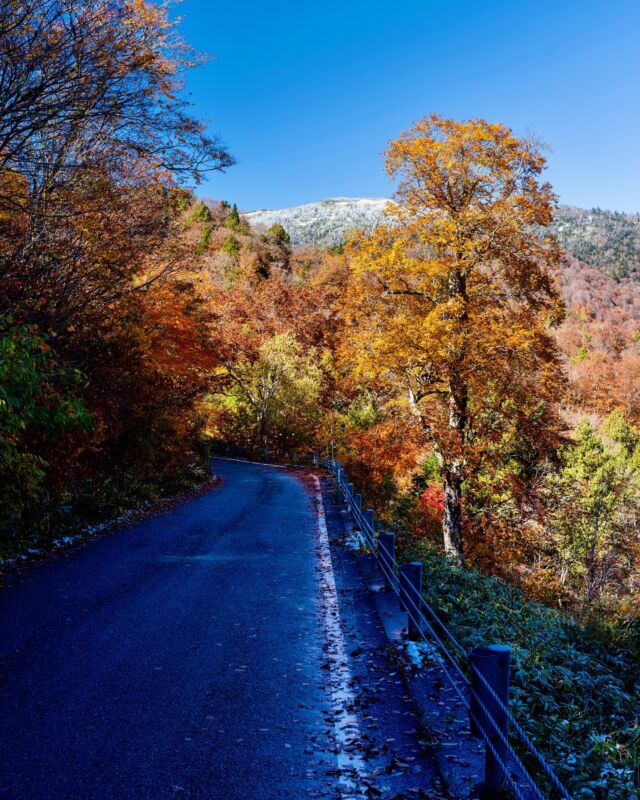
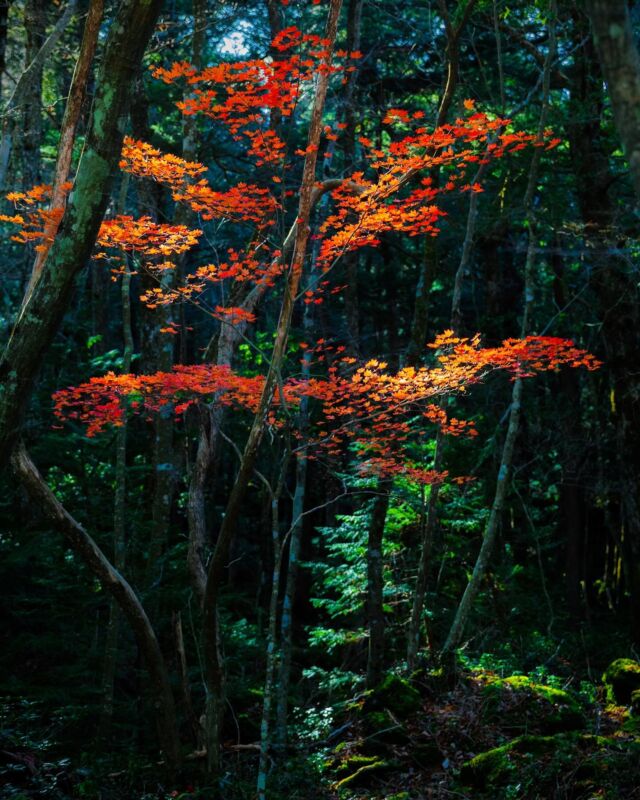
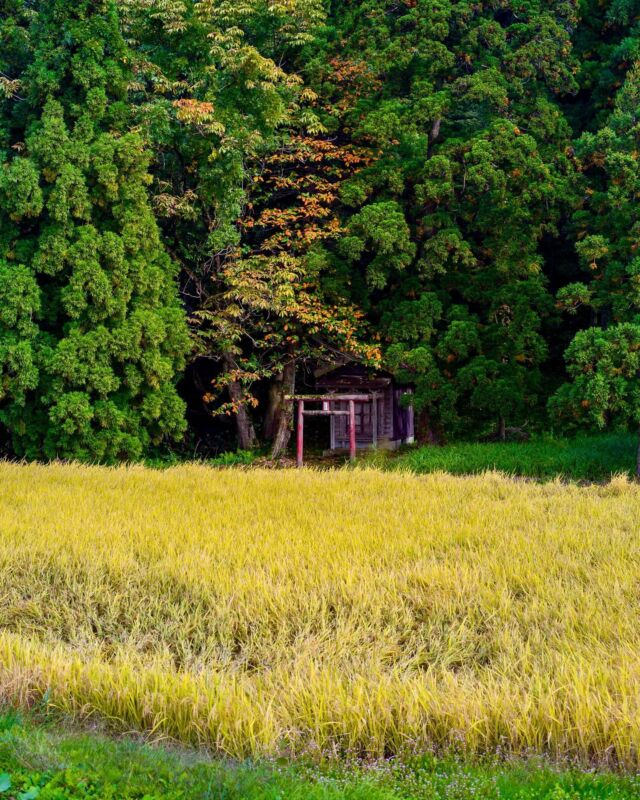
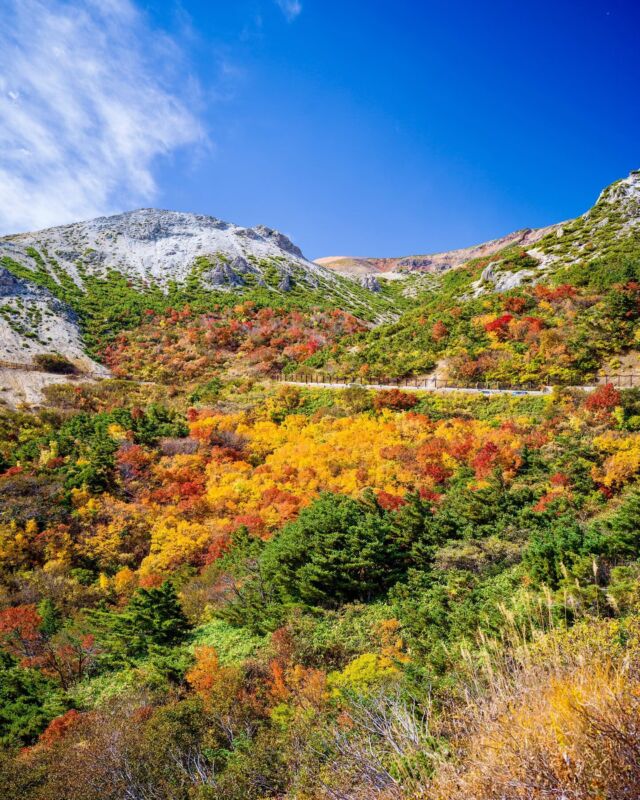
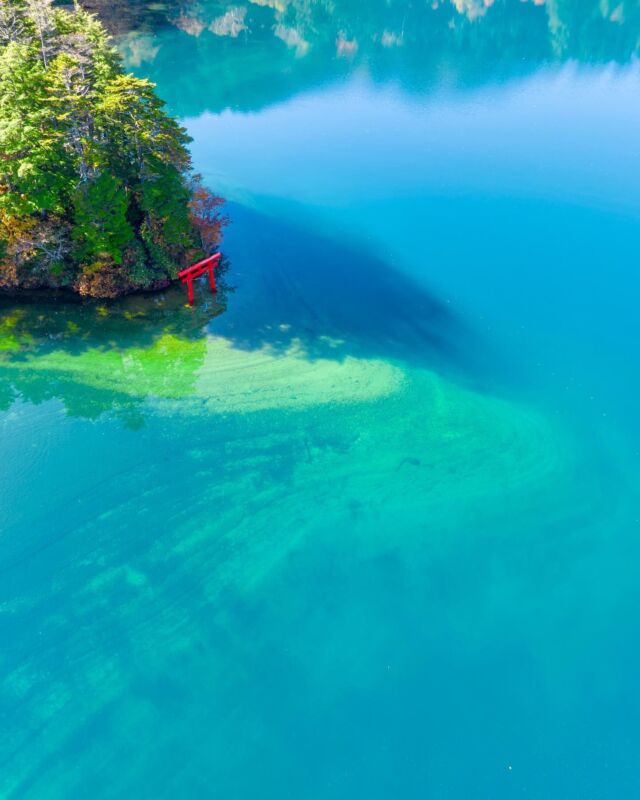
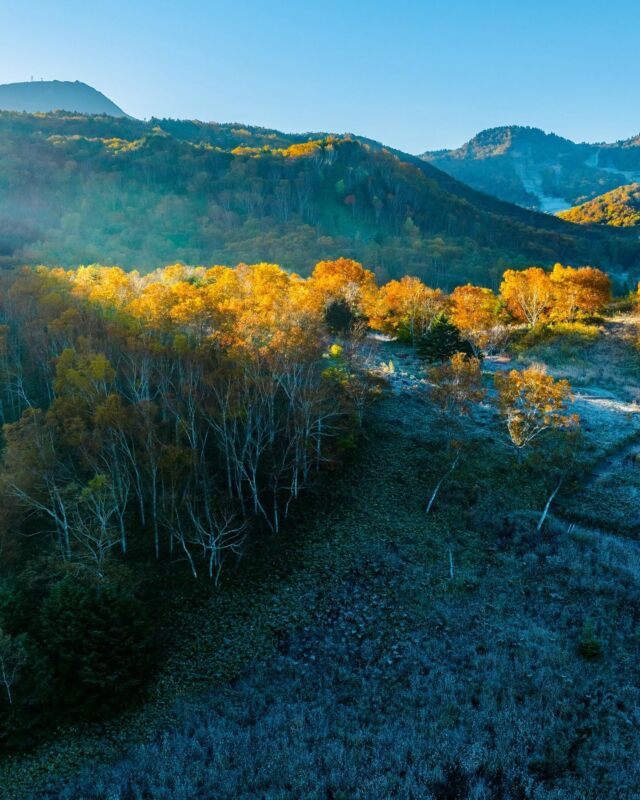
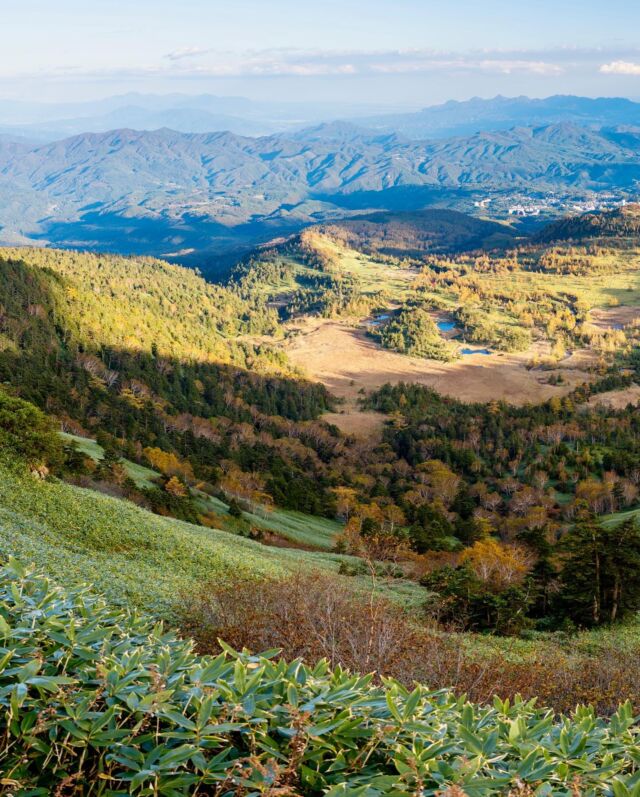
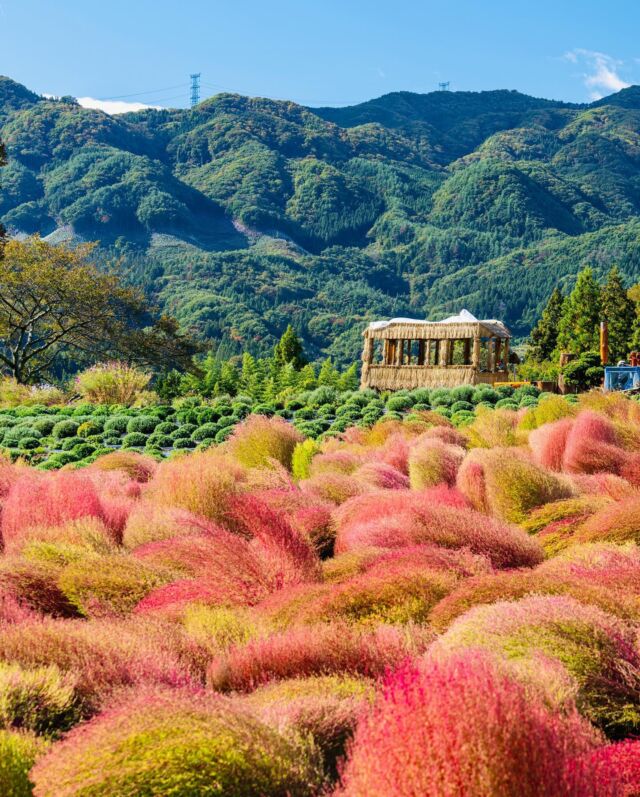
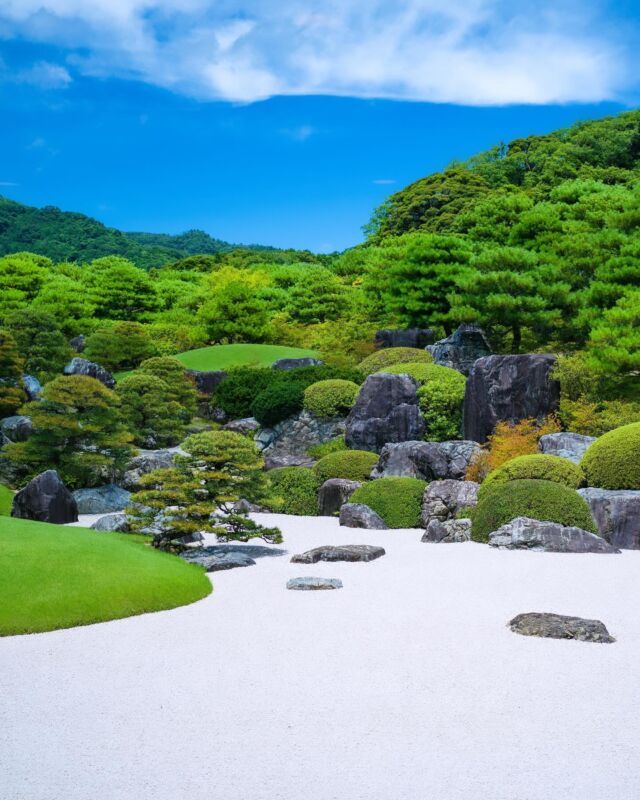
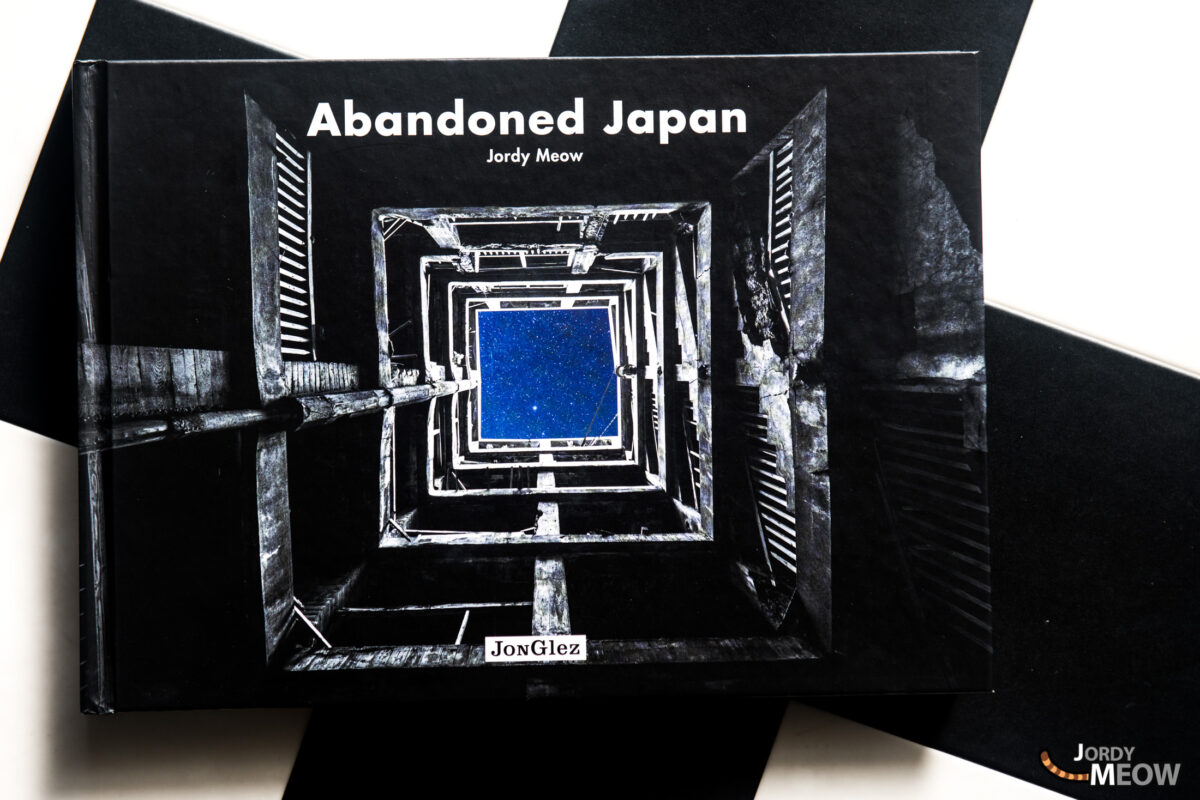
















Great pictures. We went to Japan when I was ten. Spent a few weeks at the Green Park Housing base. Then moved the the Washington Heights housing base next to the Meiji shrine (it is now Yoyogi Park). Washington Hts was turned into the Olympic Village for the 1964 games. Moved then to the Kanto Mura housing base in Chofu. Finally, spent two years at Fuchu. The building we lived in at Fuchu still stands. I visited there in 2005. It has a lot of wire antennas on the roof… I was told the local Ham radio club for the base uses it. Funny, since I am a Ham as well (N9BRB is my callsign). Brian Bowman [email protected] or [email protected]
This was a wide open area with mostly rice paddys surrounding us when we came to Japan in 1963. If you haven’t seen any aerial shots of the base back then, send me your email and I will send so some photos. (if you are interested) Brian [email protected]
I know what the pictures mean, I can’t tell you how I know but lets just say I’ve seen this technique used before in a more recent war, Ironically the pictures are not graffiti at all the pictures are more of a third language. Think of Egypt when you look at these pictures, remember we didn’t speak their language and they didn’t speak ours. The pictures are telling them where the bathroom is and how to use it correctly, for centuries other cultures did not use toilets they simply used a hole in the floor so upon walking into a bathroom with a toilet and never having used one they would use the bathroom on the floor in front or next to the toilet. So pictures were developed to help teach them without having to know how to speak their language and surprisingly we still use this technique today.
It seems you are only talking about the pictures with the “babies”. What about the monkeys and the energy related pictures? They really look like “art” to me and they seem to have been drawn using the same tool. And why would you need to teach the american soldiers how to use the toilets during World War II? I can understand that a similar technique could have been used in the past, but… now?
Thank you for the great pics! The images of using the squat toilets and the western toilets might seem to be instructional and effective, but the cone shaped stepped item is a mystery to me. It almost seems like the user is supposed to sit on them and stick them up their butt? =8^O The monkeys are picking them off of a tree and rolling and carrying them around the place for some reason. Perhaps the monkeys and the cone item were added after the toilet instruction images and meant as a amusing joke?
Mmm, interesting remarks 🙂 Isn’t it possible that this strange cone was actually a water jet? In order to use less paper?
Actually you’re mistaken in saying it was used for the 1964 Olympics! I was Stationed there February 1964 – February 1967 and NO athletes were housed there! They lived in the Olympic Village! The turn around point for the Marathon was near the front gate! It is sad to see the conditions of what was once a beautifully well kept base! [email protected]
Oh, really? I read somewhere that it was 🙁 What is the Olympic Village by the way?
An Olympic Village is where almost all of the Athletes live. For the 1964 Olympics it was located on Washington Heights Army Base and is now Yoyogi Park!
This is such a tragic dissapointment to see Fuchu now and how I remember it in 1963-1965. Had wonderful memories of Fuchu, the Japanese people and the country. Often wanted to go back but wouldn’t want to ruin the memories.
Fuchu was a beautiful little base. I was shocked when I saw the pictures. (I was there 2/’64-2/’67). Tachi is also now a big mess!
I was at Fuchu from 4/63 to 4/65 in P-55 (teletype relay) 1956 comm Group. Never forget when JFK was assasinated. I’d gone to bed and left my radio on to Voice of America. Suddenly my roommate stared screaming that the president was dead! just unbelievable. The AFRTS was not the best at the time
so info and picture were quite delayed in getting to us. Not the instant communication of today. he roommate I speak of was Jerry Palmer, brother of golfer Arnold Palmer who was in his heyday at the time.
Tim
I was in 1ST Weather Wing there. I worked in Special Projects. We lived on Grant Heights. I went to Vietnam from there (I was a volunteer for the duty). When I first got to Fuchu I lived in the barracks. We shared the barracks with the Army guys. My best friend was an Army Spec5, he also was a Golfer. When Arnold came over there to play an exhibition round Vance played with him and tied him I was stationed at Nellis A.F.B. in Las Vegas and was on duty when we got the word about JFK. I retired from the A.F. with 23 years service in 1982
Oh the memories, I was a dependent and lived in Japan from 1963 to 1966. My dad was at 5th Air Force on Fuchu working for Gen. LeMay and we lived in Grant Heights. Then we moved to Yokota Air Base. The olympians were housed in the vacated Washington Heights Base on the hill. It was a beautiful spot and right off the Olympic Village. Dad took us to several events and the one I remember most was the marathon, where Ili Nastasi from Kenya won. I am sure that I spelled his name wrong but he was the most famous runner in those days.
Washington Heights Housing Base was used for the Olympics. (now Yoyogi Park). I lived there as a ten year old I the latter half of 1963. At that point, half of the base had already been torn down and Olympic pavilions were being built. The northern half of the base was used to house the Olympic athletes. See picture below.The residents of Washington Hts moved to other bases, primarily the newly built Kanto Mura Housing base in Chofu. A few people did end up at Fuchu, but Fuchu did not have much housing for families… mainly had dormitories for airman. I went to Kanto Mura and lived there till my sister graduated from Chofu High School, then we did move to Fuchu, were I lived with my Mom and Dad till we returned to the states in 1966. I have attached one of several photos I bought on EBay… these were photojournalist photos of the preparation for the Olympics 1964.
Meiji
Went to the 1957 prom at Wash Heights
Housing at Fuchu was General’s quarters when I was there.
About a third of Fuchu remains… the bldg. we lived in still stands (NE corner), as I saw it when I visited the area in 2005. I was last informed it also houses the Ham Radio Club… which I found interesting since I am a Ham. N9BRB
I was at Fuchu in 1969, April to December, working for ITT Defense Communications. I was with a software team installing a communications computer to replace the torn paper tape teletype system. I lived off base in a little rented house in Kokubunji.
What kind of computer was it at this time, do you remember the specs? Were those parabolic antennas already around? I would love to see a photo of them in good state, shining 🙂
Jordy – are you still here?
This sounds like the ITT ADX 9300 I worked on at Fuchu while stationed there from 2/69 to 12/72. It was in the old 2 story Teletype Comm building and the ITT contractor supervisor was a former GI named Avon Carr.
My dad was stationed at Fuchu as commander of the Fifth Air Force in 1957-58. We lived in quarters 763 which is close to where the parabolic antennas are, though they were not there at the time. The area they occupy had been a pitch-and-putt golf course which I think had 3 holes.
The house had several bedrooms and even a small enclosed courtyard with a koi pond. I visited Fuchu in 1993, and that part of the base was badly overgrown and inaccessible, as it still appears to be today. I was told that an old Japanese man came back to the house to feed the fish for years after the US abandoned it.
If anyone dares to explore that part of Fuchu, I would love to see pictures of what is left of the house.
This is a picture from the back of the house, The living room and dining room are behind where you see the screened-in porch, and the kitchen wing is to the right. The bedrooms and courtyard are in the part of the house to the left of the picture. I attended Green Park Elementary School (Musashino), and hated to leave. We moved to Texas in the summer of 1958. I will always have fond memories of the kindness of the Japanese people and vacation trips to Gohra and Fuji View Hotels in the Hakone area.
That’s amazing you lived there and thanks a lot for sharing the photo. Do you think you could pinpoint your house on Google Maps? I could definitely try to find it and take a photo for you 🙂
I was there when it opened in 56. When I first arrived I stayed in a downtown hotel for officers awaiting their dependents. Good duty. Then when Fuchu opened I went there. Stayed until October 1957.
I also was there in 56-57
I lived at Fuchu from 1971 to 1974. We lived across the street from the NCO club. At that time usually higher ranks were living there. My dad was CMSGT Oscar E. Norberg.
Nice article. I live near here and have written on the subject for news and other sites (different name). Are you aware that the diagram you posted is a copy of the original systems diagram courtesy of Merv Norton, LTC USA retired.
I lived out the back gate of Tachikawa AFB when we first moved to Japan in late ’65. There are similar pictures of Tachi floating around. Even did a couple years as a Candy Striper at the Tachi Hospital where many were coming back from Viet Nam. Lived on Kanto Mura and went to Chofu HS from mid ’66 to end of ’69….just down the road from Fuchu. My father was a CMSGT on Fuchu. I’ve been back three times, each time to see the bases deteriorate more and more. Could never figure out why the housing units and buildings were not used, they were in very good condition. I was allowed on the base, after some flirting with the guards, the first two times but not the last. Perhaps a safety issue by that time. Interesting to see these photos.
I was at Fuchu 1962-65 SSgt in Teletype/Crypto Maintenance. Shop was located in 5th AF Hq 1st floor at far right as you face the front of the building. I remember having breakfast at the BX snack bar after a mid-shift and the radio there was on. Suddenly it broke with the news of JFK shooting. I thought it was another Orson Welles type program, finished my coffee and headed back to 1956 Comm Group barracks. Then noticed all flags were flying half staff at the Hq building!! Never forget, I was very shocked at the realization that it was true! Got interested in photography there and have been shooting Nikons ever since. Attended many Olympic events and still have some items such as the 1000 yen coin set, etc. I lived in 56 Comm Group barracks that was next to the water tower where the speakers played reville every morning. They did not care what shift you were working! Several earth quakes occurred while I was there. The most notable was my first which caught me in the bathroom, tough trying to pull up your pants and run at the same time! Used to go to downtown Tokyo to the American Embassy to PM the crypto gear there and also at Atsugi NAS. Became very good at using the Japanese train system and traveled extensively during my off hours. Took leave and stayed at the Army’s Gora Hotel in the mountains near Hakone National Park. As I recall, it was only a couple of bucks a night and had a very good restaurant and bar with military club prices. Had a grand time during my time at Fuchu with many good memories thanks to the Air Force! Came to an end too soon as they must have decided I was having too good a time and moved me on to Altus, Oklahoma to the 11th SAC wing, not a bad base either. All in all, I spent 8 years in the Air Force and am still thankful for the experience!
Dave Gschwind
8042 Quail Meadow Ln
West Chester, Ohio 45069
Hi Dave, I just posted a reply to Norman and in looking at your post wondered if you ever ran across John Wilson or Lou Robles.
I had a Great time there 64-66 and am thinking about returning there as a tourist next year – ideally during the cherry blossom season.
Sorry Paul, I can remember very few names from those times. Msgt Mike Shapiro was my boss there and another guy I worked with, Ssgt Ralph Newcomb were the only ones that still come to mind. I managed to find Ralph in North Carolina about 10 years ago and used to travel from Cincinnati every year on my motorcycle to visit he and his Wife Carol. He passed away last year. In February of 1965 I went TDY to Iwo Jima for 60 days. I finished my job in the Comm Center there in about a week and no plane back to Tachi for 6 more weeks! Rode down on a Navy plane with several EOD guys from Tachi, so I spent the rest of the time there with them blowing stuff up! Closing washed open caves and destroying any old ordnance we could find. What a vacation that was! As soon as I got back to Fuchu they handed me orders to head for Oklahoma and the 11th Strategic Wing. Worked in SAC 465L Command Center as Quality Control since they had no jobs in my career field. No one wanted to talk about an AFSC change for me and they wanted to keep me there for another 3 years. I was supposed to be on 7 level training? No way to make Tsgt so I went home to work for IBM.
HI Dave,
Ok I get it. Mostly, I just wanted to connect with a Fuchu Comrade. It was a wonderful time for me.
Very Glad you enjoyed your time time there and I fully believe that there was not a better assignment in those years.
If you run across any friends in the future that got to spend some time there please let me know. Simply put; I loved
being there. Cheers, Paul
Hi Dave, Things seem a bit difficult in replying so trying this avenue. If you come across those guys as mentioned, please
let me know. Glad you liked Japan – I loved my time there. Cheers, Paul
3
One of the happiest 18 months of my AF career: 1958-1960. First (and best) overseas tour. Member of 10th WeaGp weather ed team, worked in 1956 AACS comm center. Good guys to work with.
Hi Norman,
I came across this site and your post while surfing things on Japan. I am thinking I will return there next year; ideally for the Cherry Blossoms. The pictures I have seen on this site make me VERY Sad. Fuchu was one of the most enjoyable times of my life! I was there
in 64-66 and was strongly considering returning there before I left the AF – I couldn’t get Fuchu guaranteed in writing so I left.
Hey Paul. Got back to Fuchu in early 70’s. Stationed at Kadena, but was going back to Norton for NCO Academy when my KC-135 ride RON’d at Yokota. Since I was stuck there for the night I cabbed over to Fuchu and walked the strip. Base had closed and all the joints were gone except for a little soba shop just outside the old main gate. Dropped in and found that the owner had worked our barracks as a shoe shine/gofer back in the day. Had a nice visit reminiscing. Sad to see the shape the base is in now.
Hi Norman,
Yes, it sounds very sad. Based upon what I have read about Fuchu these days, I won’t be going to see it. I want to remember the place as it was when I was there.
I was at Fuchu from 1975 to 1977. Although the Air Base looks even more run down, these pictures brought back so many wonderful memories of my tour in Japan. Thank You
4.5
I was stationed at Fuchu in 1956-1957. Great base.
I was at Fuchu Headquarters, J-5, from 1963 to 1965 as a civilian employee. I worked on the first floor. I believe commanders were Gen E. A Chapman and before him, Adm Miller for USFJ. We had contact with numerous Japanese government negotiators. Two of them went on to become Prime Ministers – Tanaka and Fukuda. There was a helipad on the headquarters building but they usually landed in the adjacent field. Most dignitaries stopped there before heading to Vietnam. I don’t recall any Olympic events being held on the base. We had to go to Tokyo to see the events. We were given some free tickets or reduced price tickets for many events. We were there for a swimming event when the USA placed lst, 2nd and 3rd. Very rare thing to do. My husband was stationed at Yokota AB, and we lived near Johnson Family Housing Annex, in Ichiban Village. I also worked at Tachikawa AB. I remember JFK being killed on a Saturday (Japan time) and we were on alert throughout the Far East.